France
Paris
Switch to your local agency
Retour au menu
In questi giorni debutta sugli scaffali della GD e in TV Amemì, il nuovo brand Galbani pensato apposta per i bambini.
Abbiamo accompagnato Galbani nel percorso di progettazione di un brand completamente nuovo a partire dall’analisi dei bisogni delle mamme, in continua evoluzione per la necessità di bilanciare il desiderio di fornire il giusto nutrimento e soddisfare la voglia di divertimento e gusto dei propri figli.
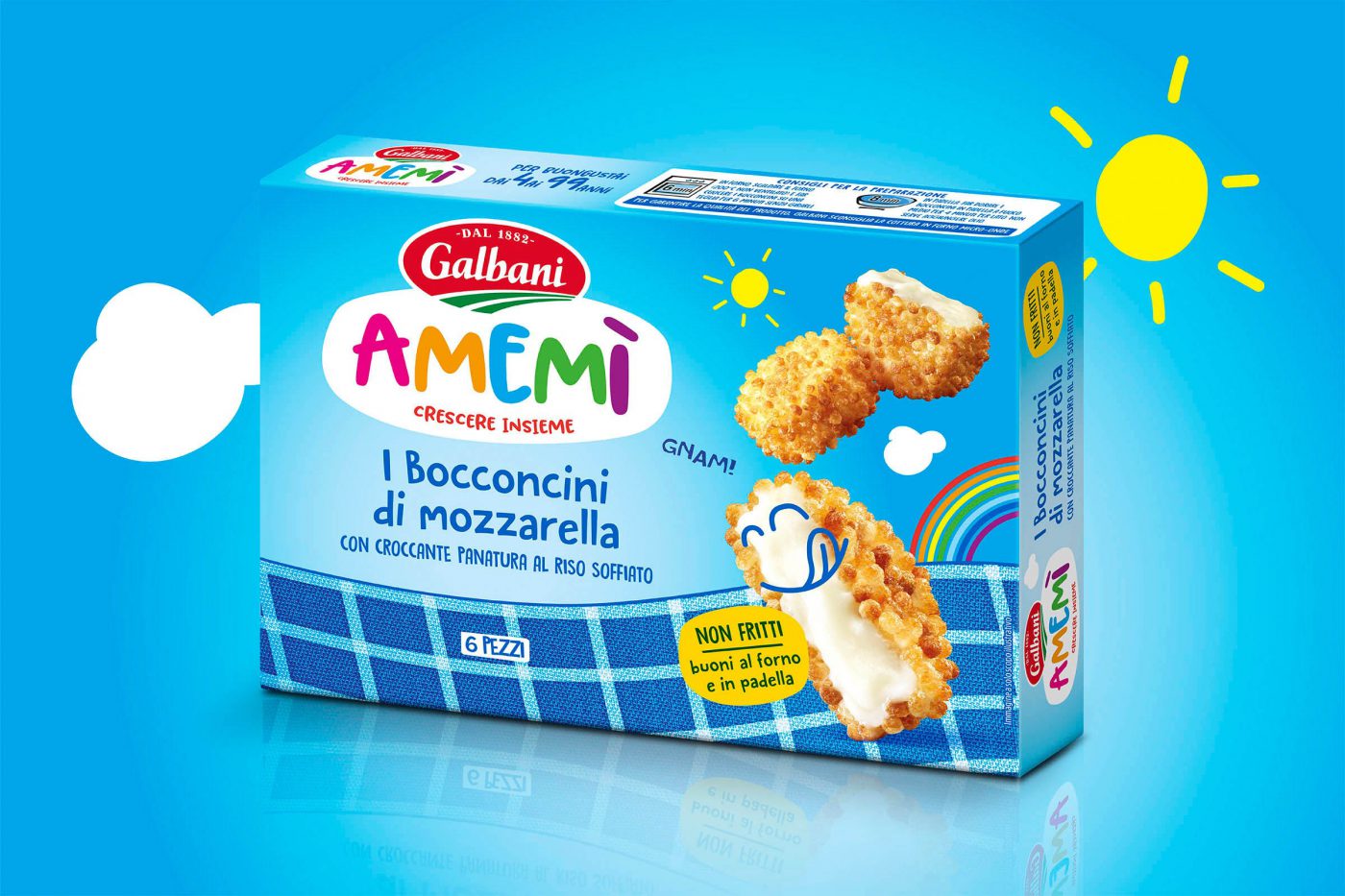
Amemì trasporta tutta la fiducia e l’esperienza di Galbani nel mondo divertente e colorato dei bambini, a partire dal naming che abbiamo sviluppato: un brand name semplice e altamente memorabile, ma ricco di riferimenti al linguaggio dei più piccoli e al loro modo di esprimere desiderio e piacere, imperfetto ma assolutamente efficace!
L’identità della marca ne rispecchia pienamente la promessa di genuinità e coinvolgimento verso i bambini, riprendendo il principale asset visivo del mother brand (il tovagliato che ritroviamo come filo conduttore in tutti i sub-brand) e arricchendolo con elementi che danno vita a un paesaggio abitato da tanti personaggi golosi e ammiccanti: i prodotti, che diventano veri e propri character di un universo che potrebbe essere nato dal disegno di un bambino.
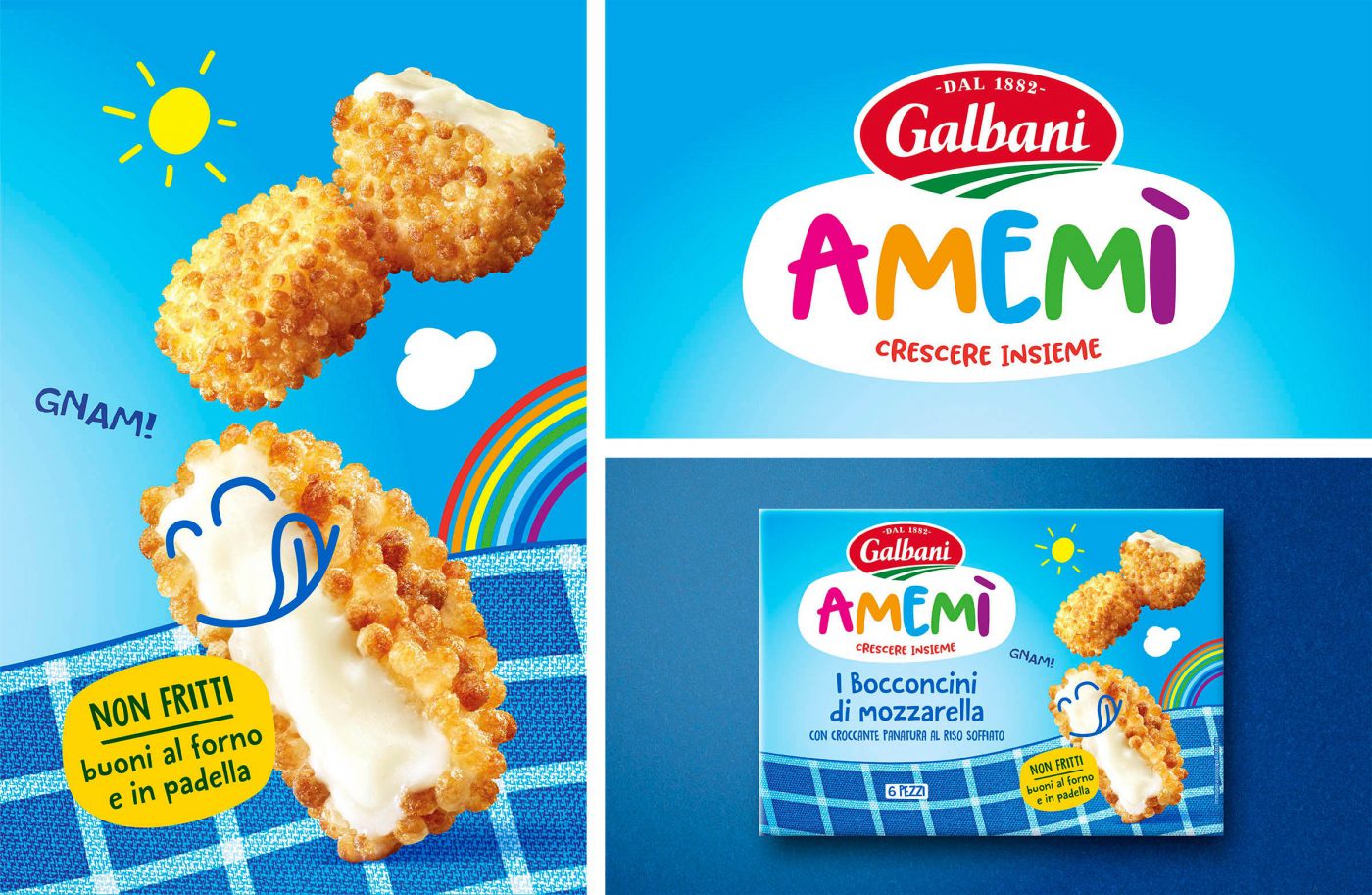
Un linguaggio distintivo e riconoscibile, pronto per declinarsi sui diversi touchpoint e per creare una vera e propria esperienza per i suoi piccoli consumatori.
The representation of emotions was one of the first forms of visual expression, and it has evolved with the times. From the masks of classic theatre to smartphone emojis, humans have always tried to represent the intangibility of emotions through signs that could be easily interpreted.

Taking our cue from this primary need, we have made our own attempt to represent positive emotions, drawing inspiration from the work of Bruno Munari in the book “Alla faccia”.
he choice of linocutting was not casual; it allowed us to work in an artisan manner, expressing the authentic spirit of the emotions we sought to express. The group project, which involved all of our staff, saw us working on two fronts. One group focused on producing a figurative translation, while the other was involved in a more abstract interpretation. The combination of the two styles led to the creation of a variegated expressive alphabet, which we have used to create 200 unique cards.
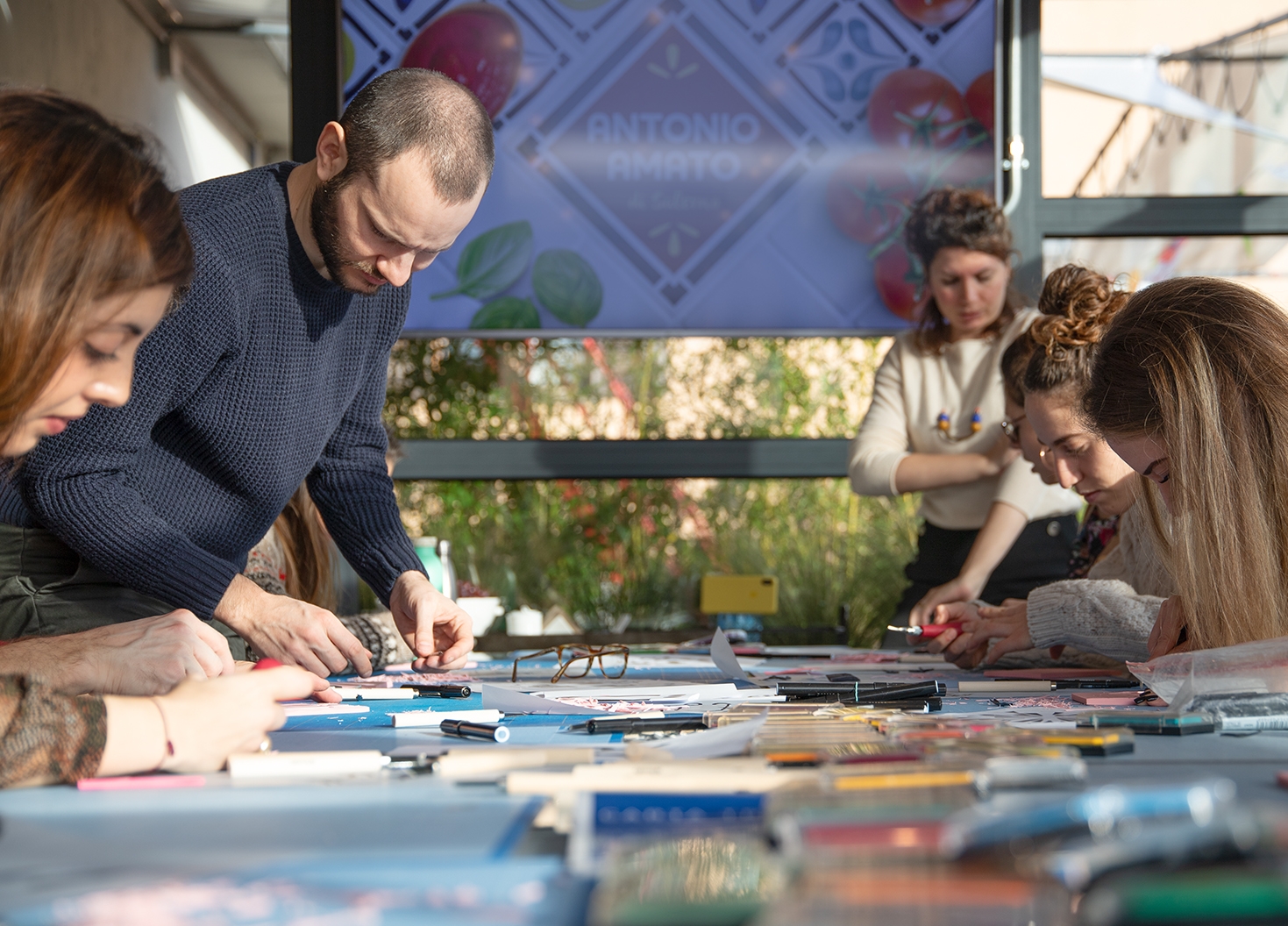
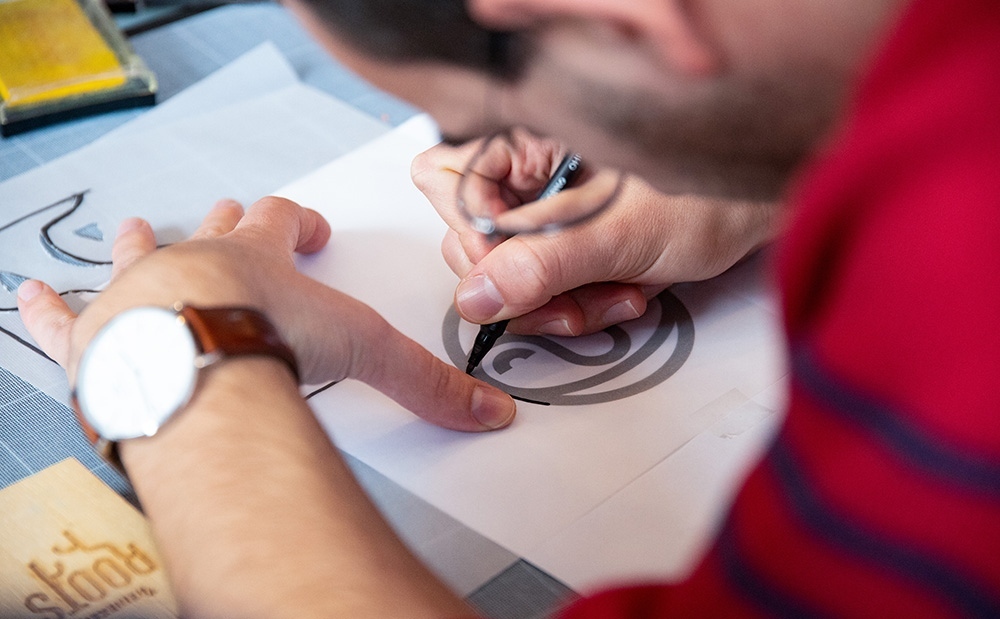
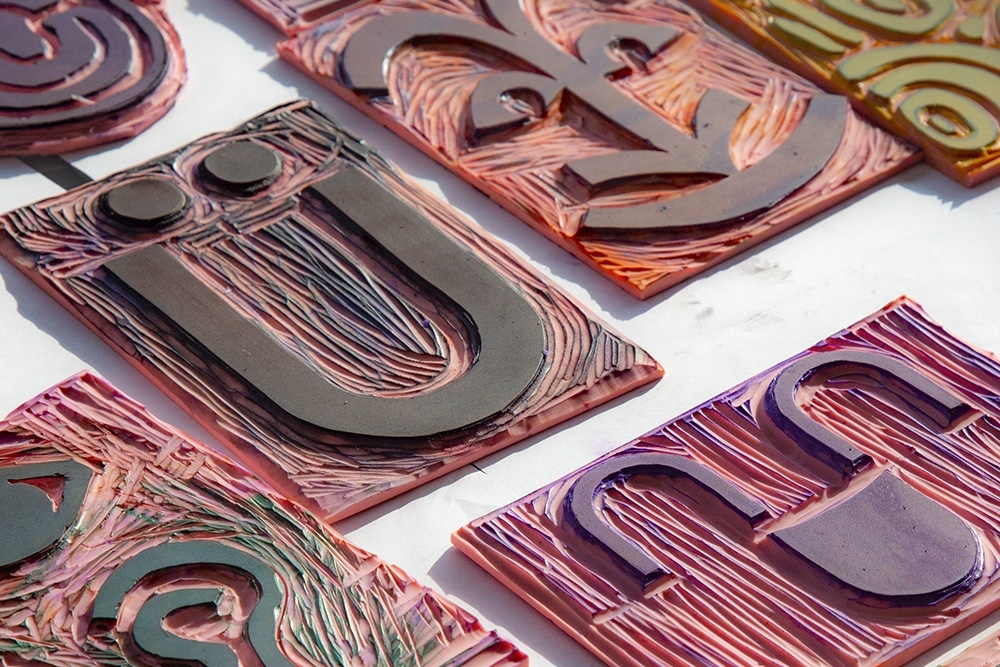
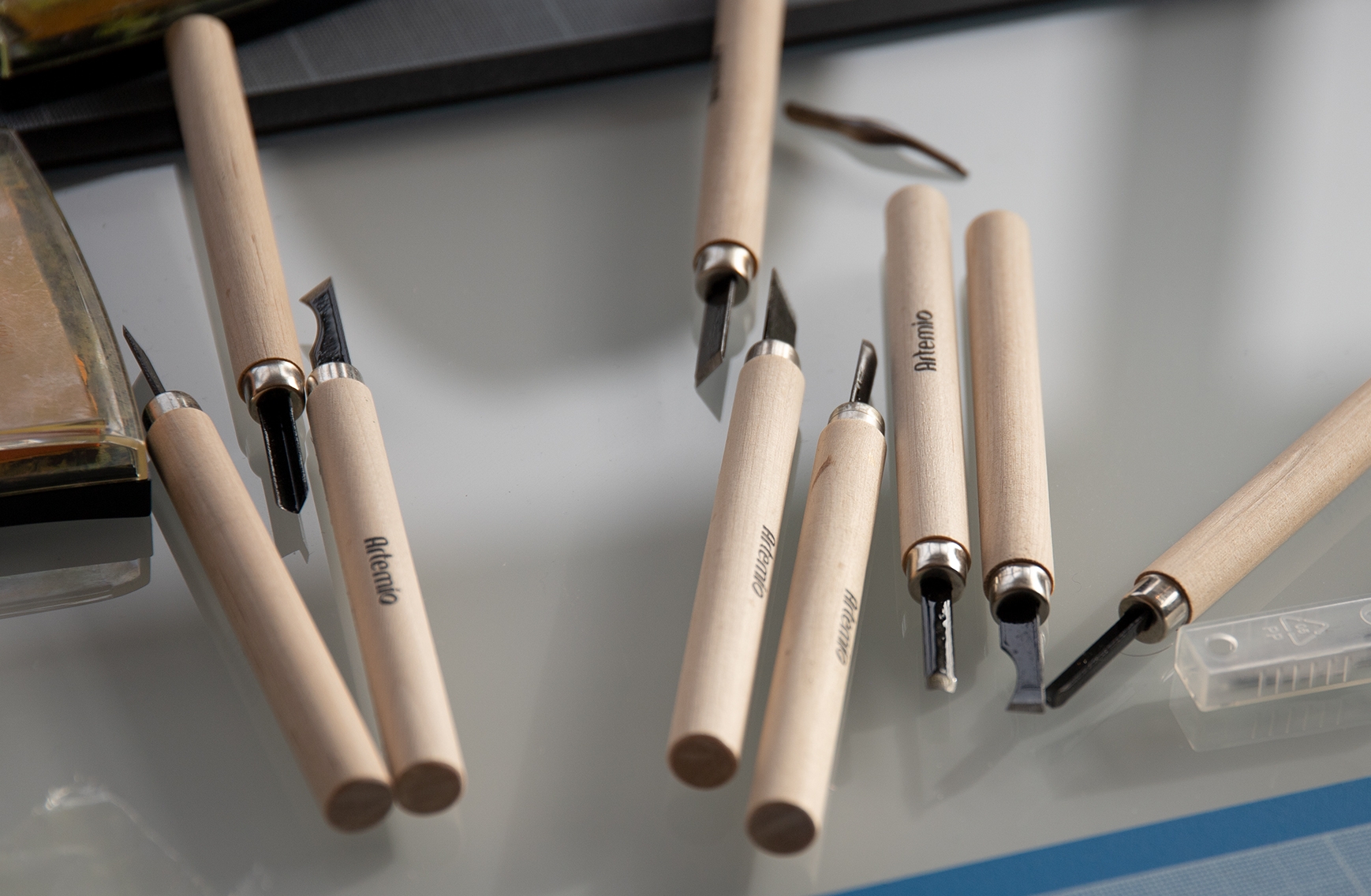

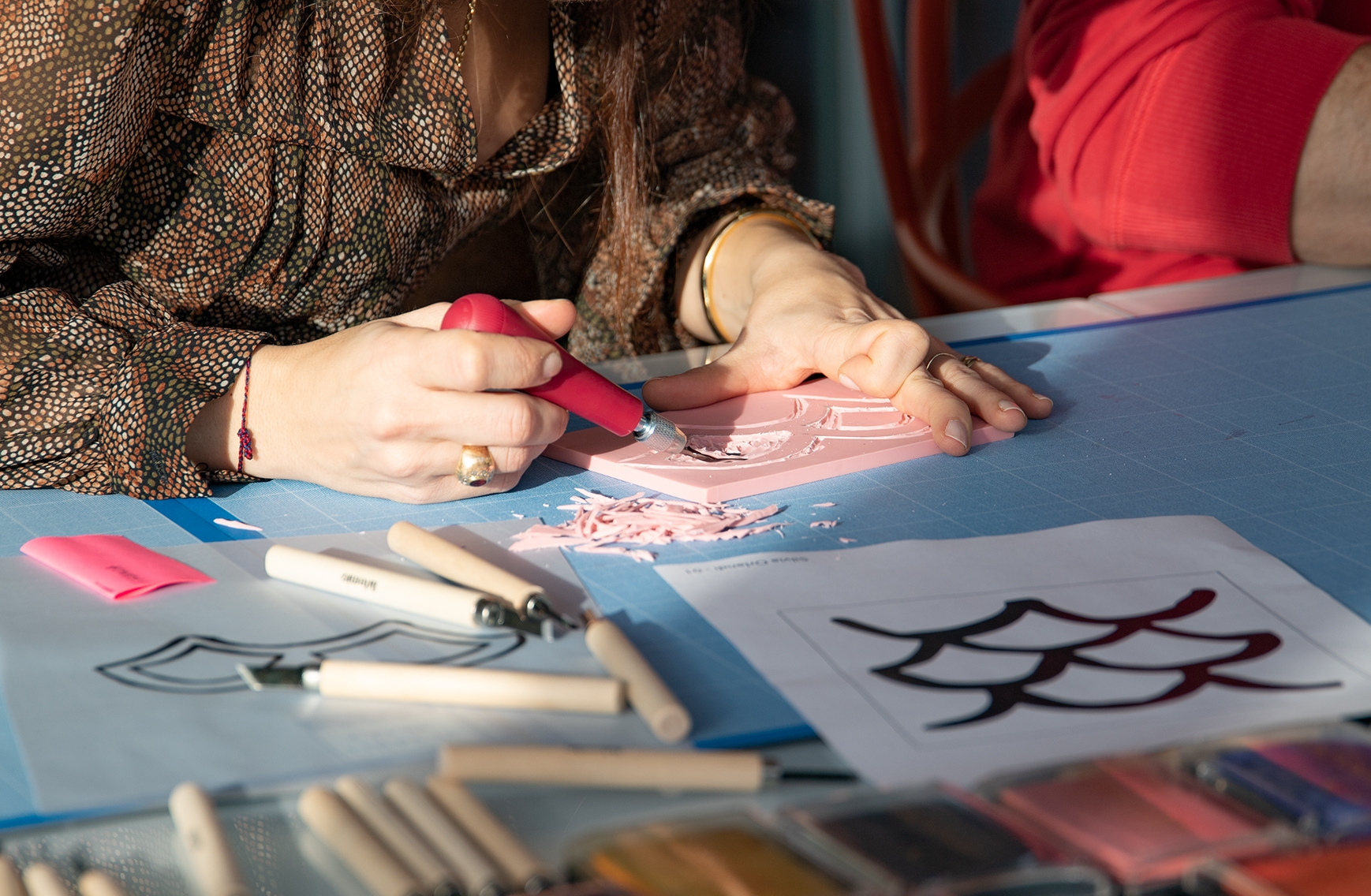
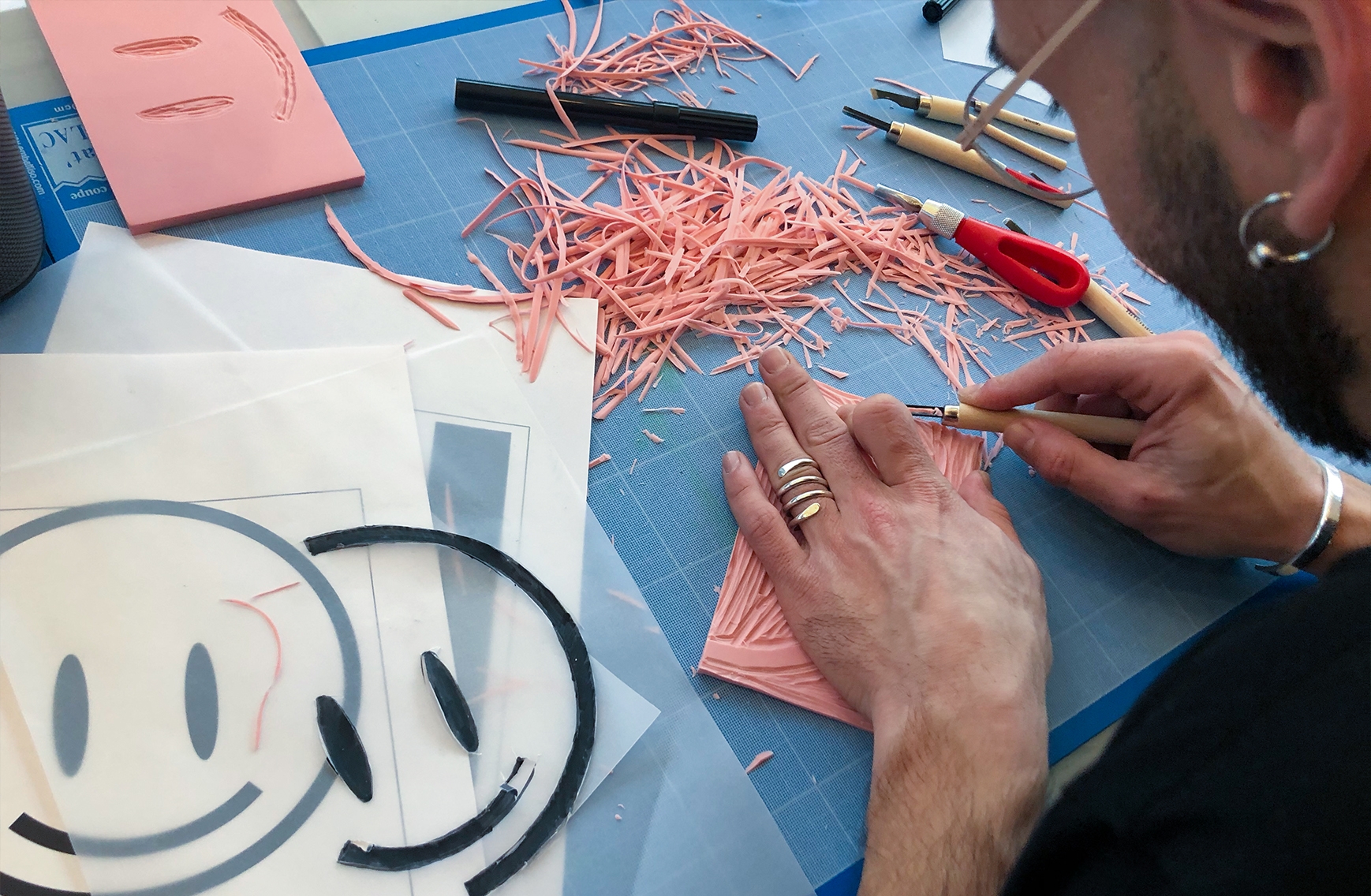
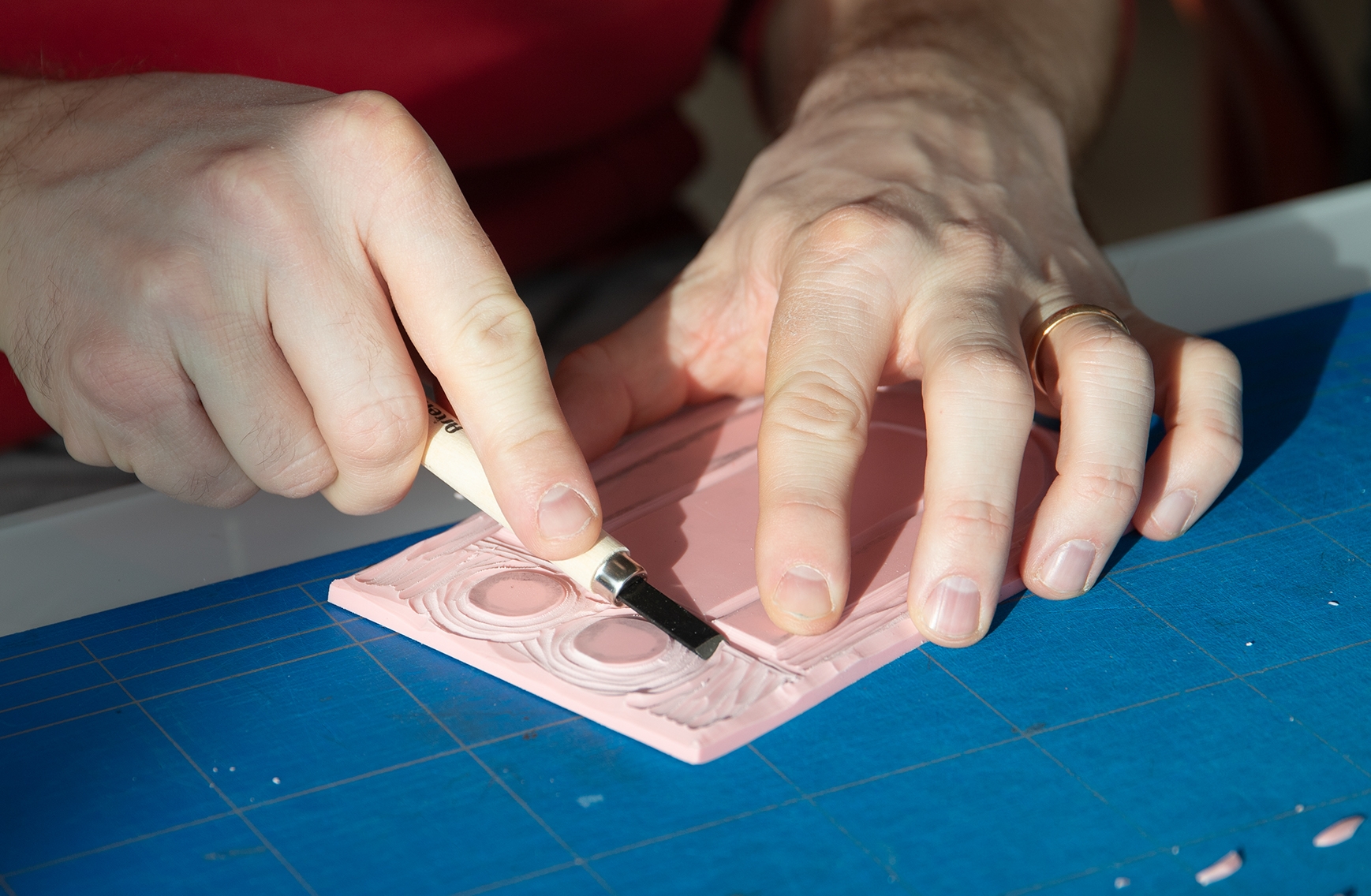
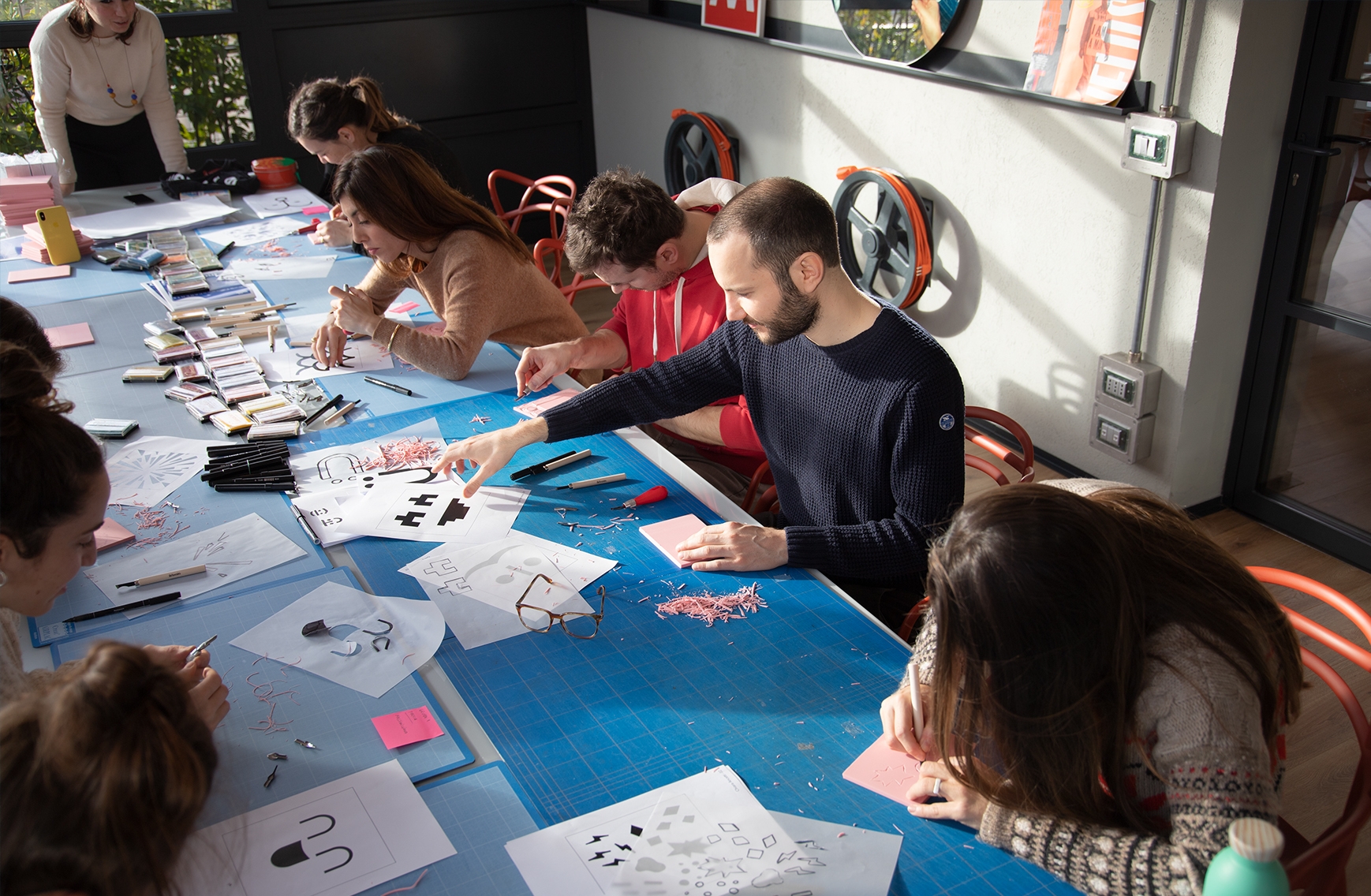
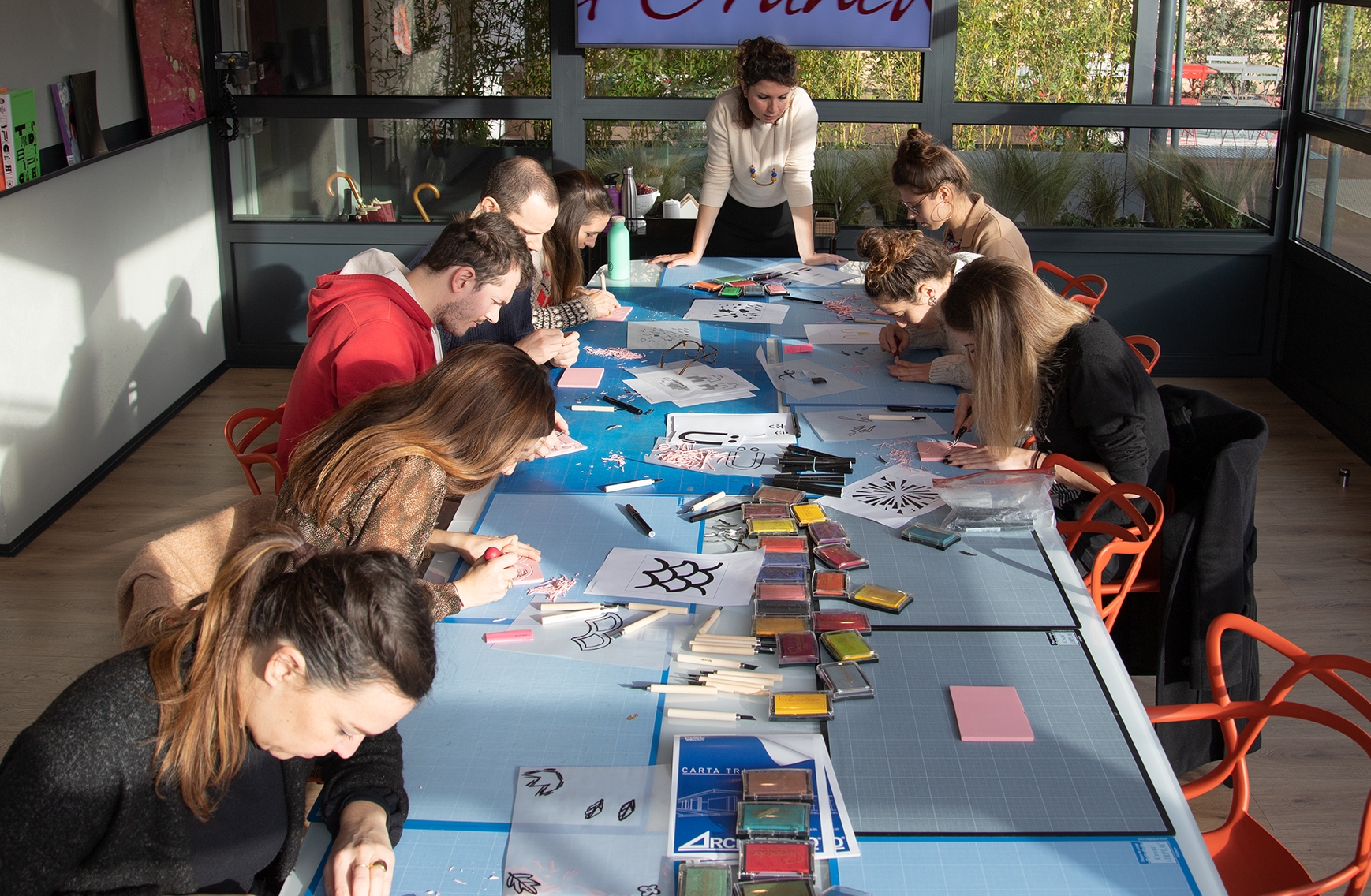
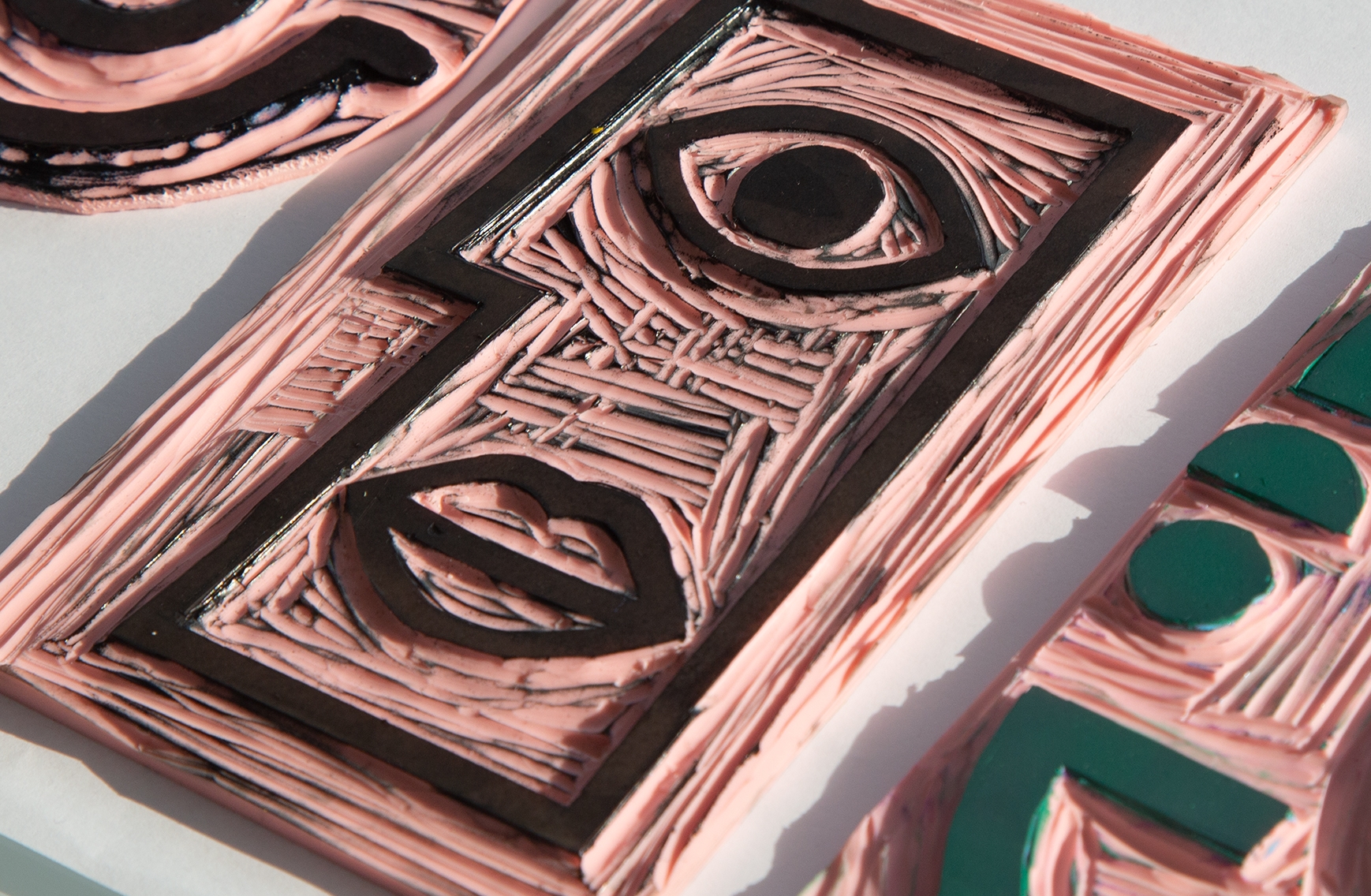
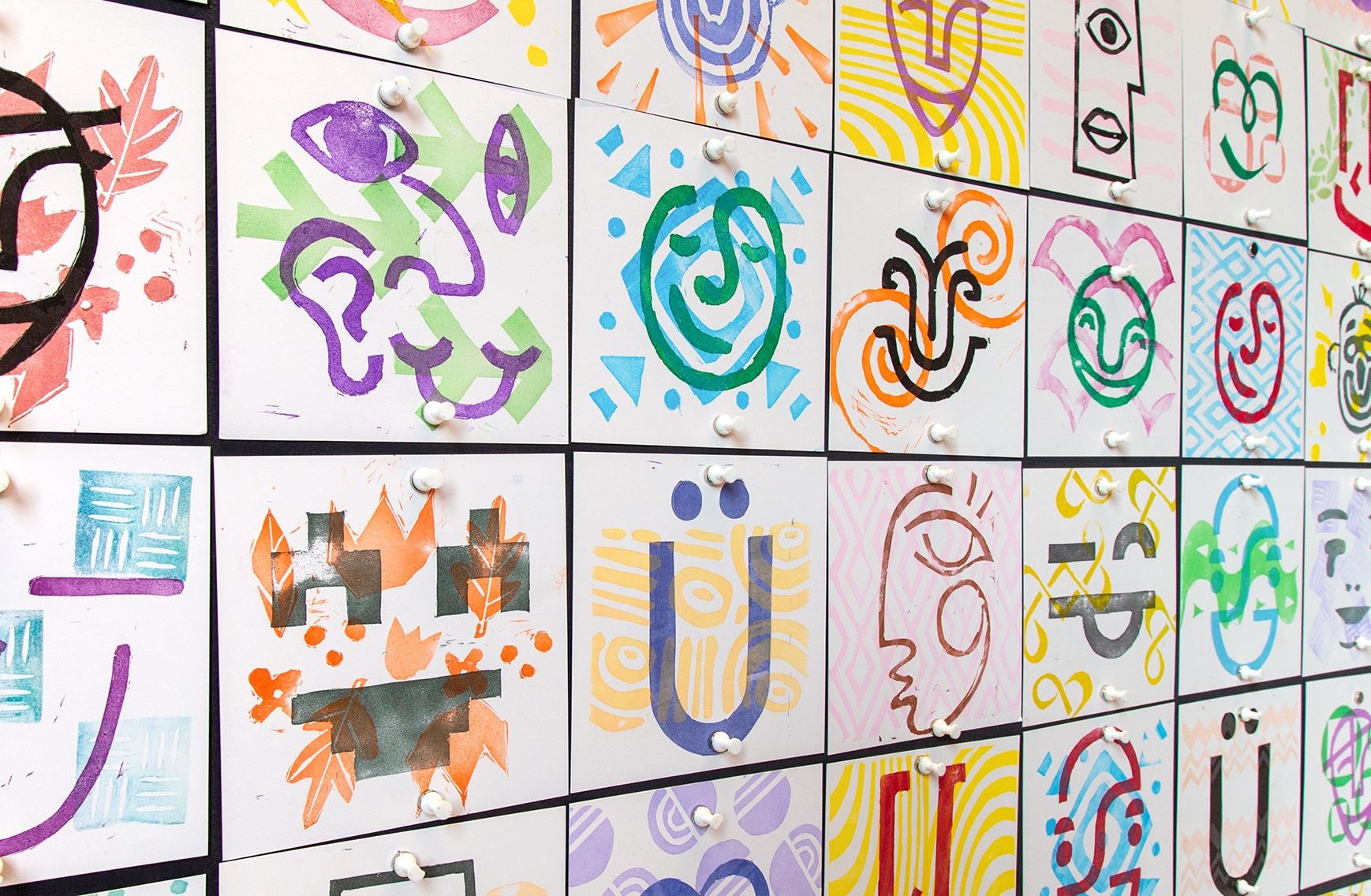

Every year, the heads of the CBA agencies throughout the network gather for three days of work, discussion and idea sharing. The 2019 edition was hosted and organised by our Italian office.
The title we have given the event well encapsulates what makes our network unique, but also the spirit in which we approached these three days of work: ONE, Open Network Experience

Indeed, the various CBA agencies all have different backgrounds, work in different markets, with different clients, and over time have developed different skills and merits. Being able to open up to the rest of the network in order to share innovative ideas, experiments and strategies is an effective way of making the whole of CBA more open, curious and flexible. Setting aside just a few, intensive days for this moment of exchange has given rise to a wonderful, stimulating experience for colleagues who came from all over the world to Milan.
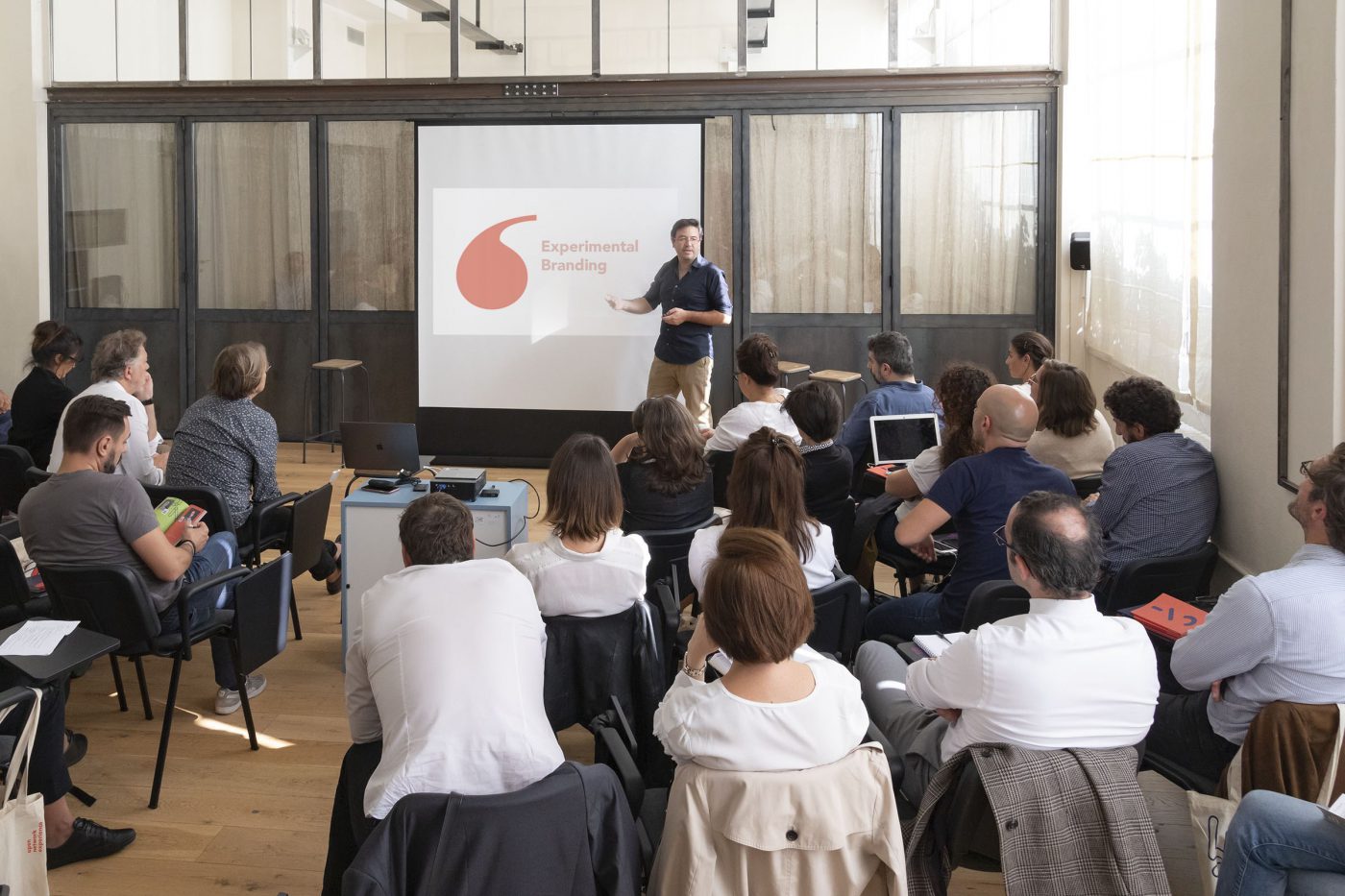
The Brazilian team told us about their observation of the correlation between companies adopting “experimental” practices and their greater economic growth. This means that branding, which has always been a force for change and exploration, must also seek out tools to support the companies in carrying out such experiments, to challenge the status quo and find a new way to do business and innovate.
CBA Brazil does this by combining strategy and execution in one integrated, fast and repeated process: trial, test, modify, test again and launch. By analysing how the companies work, CBA has identified 5 drivers that can guide the client in developing a more experimental, and therefore more successful, approach: being more open and willing to exchange information; empowering people to take risks and accept failures; the practice of creating solution prototypes to enhance the learning process; guiding resources towards a more practical execution (of their tasks) and a more personal experience of their mission.

The French team has suggested a new focalisation from the specific point of view of CBA. It will allow us to better understand, from the inside, how to improve our ability to make an impact for our clients through design and branding.
This is how Critical Imprint began, a CBA framework that makes us even more relevant for our clients, as it presents a new outlook which always manages to align the brand with an honest, positive and inclusive mission.
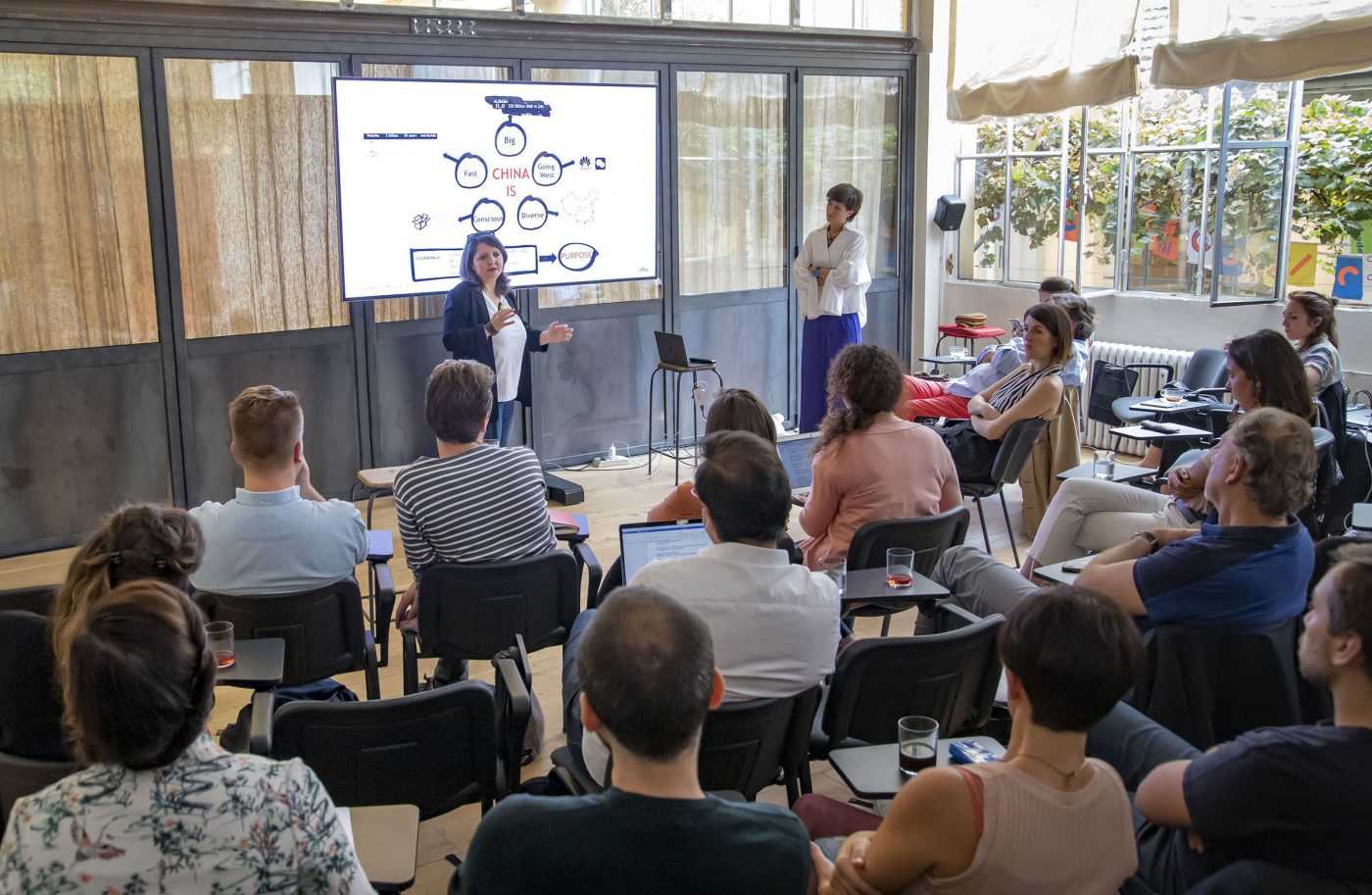
China is a huge nation that is developing at an incredible speed. However, according to Isabelle Pascal (CBA Shanghai) and Margaux Lhermitte (CBA Paris), who have been working and living in the country for years, China first of all represents an extraordinary network of human relationships (关系guanxì) that connect Chinese people, cities and communities scattered around the world. This is why CBA in China represents a platform, a place and a way of working together to create business innovation and a positive impact. It is a network that connects those abroad who want to do business in China and, on the other end of the spectrum, those from China who want to open up to the world. This has proved to be a winning formula, as we know that the concepts of collaboration and co-creation are embedded in the minds (or rather the hearts, 心xin, the organ responsible for thought according to traditional Chinese culture) of the Chinese people, who are now increasingly more aware of and sensitive to topics related to environmental sustainability.
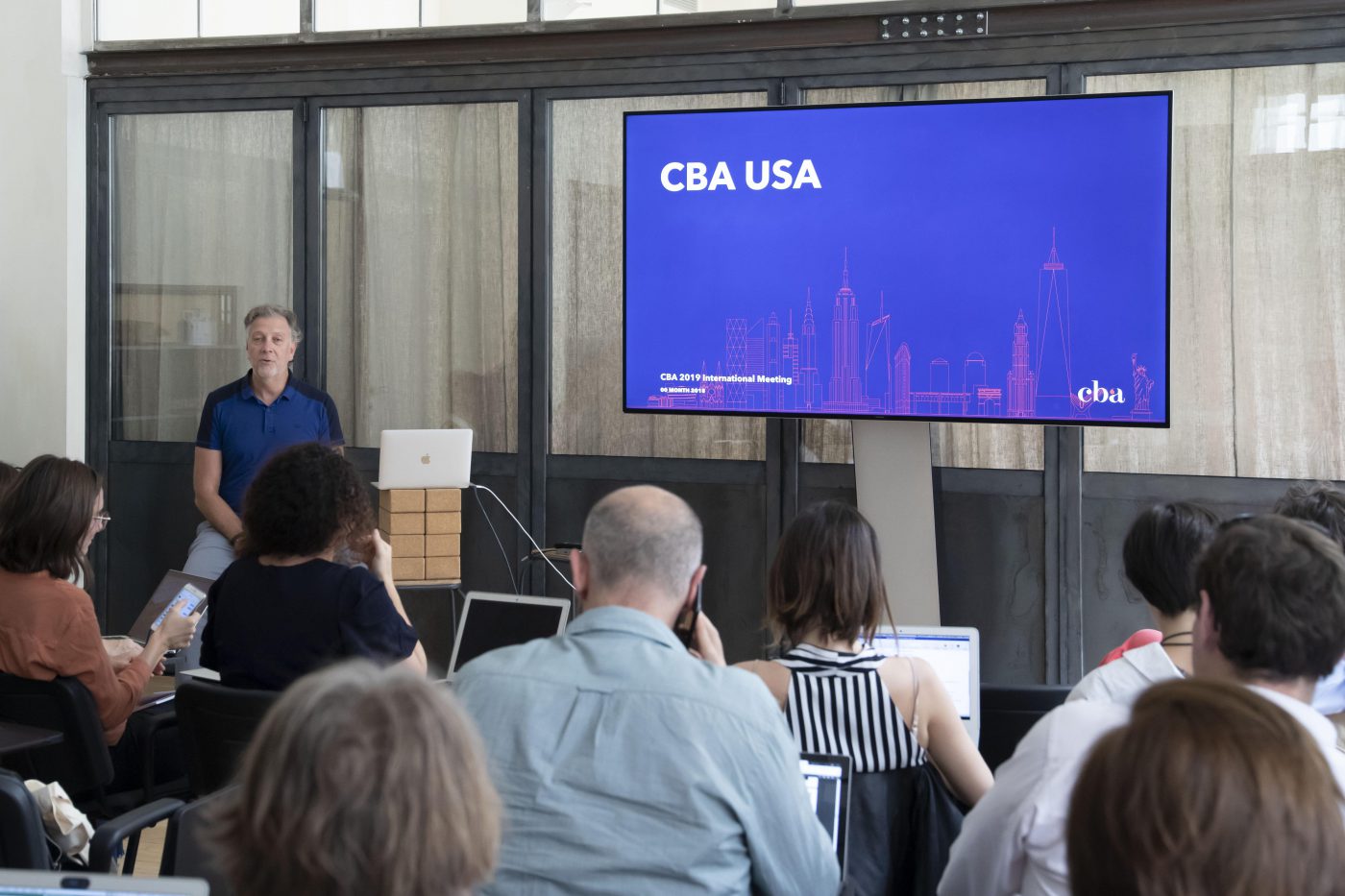
The CBA team from the United States showed us how you can really begin to adopt new work methods which have less impact on the environment and which are also cheaper, without giving up the benefits of co-design, something that is crucial in our industry.
This has transported us from Design Sprints to Sprint Mode, whereby the process has been adapted to make our clients’ lives simpler. Remote co-design makes decisive insights that are necessary for decision-making come to light more quickly, with no one feeling they can’t express themselves. What’s more, with the right group of experts in the team you can reach solutions faster. This is also made possible by replacing the classic brief with an initial meeting with our client where we obtain all the key information for formulating the Sprint Mode stage. We also make our lives easier with internally developed tools such as ArchetipeGame, an actual board game that, using a series of leading questions, allows the client to go through their current positioning in detail.
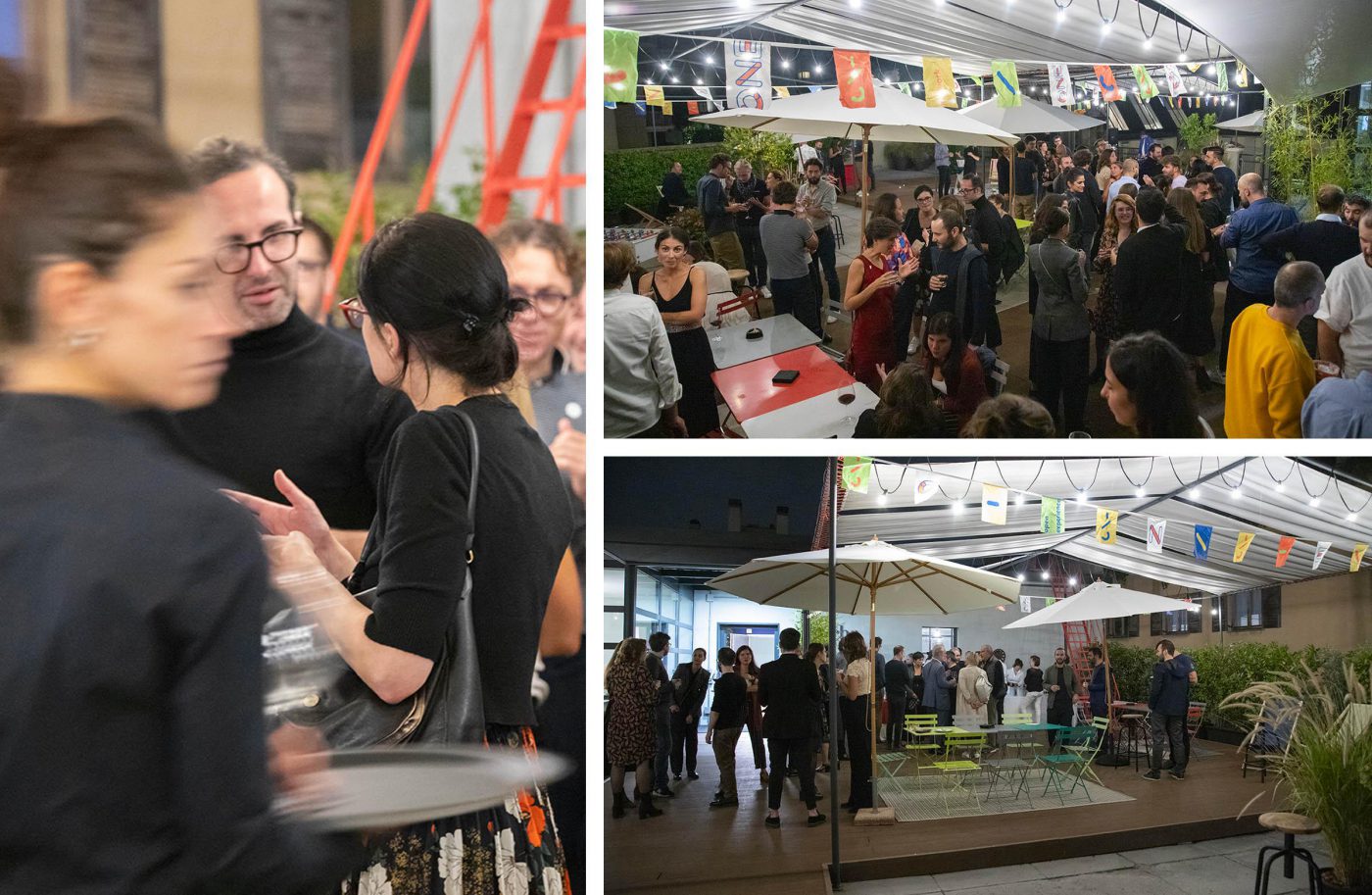
At the end of the meeting we celebrated the event by organizing a party in our Milan office.
È risaputo che la plastica, pur essendo un’invenzione miracolosa nata dalla creatività dell’uomo, non sta avendo un impatto positivo sul nostro pianeta.
Secondo il World Wide Fund (https://www.wwf.it/petizione_plastica.cfm) sono 8 milioni le tonnellate di plastica che finiscono ogni anno negli oceani, e se nessuno prenderà provvedimenti presto ci saranno più rifiuti che pesci. Questo, oltre a influenzare il benessere dei nostri mari e delle loro creature, condiziona negativamente anche la superficie terrestre.
Il numero di aziende che si sono rese conto di questo problema sta aumentando. Grandi colossi della moda, della finanza e del largo consumo hanno deciso di aderire al New Plastics Economy Global Commitment ( https://www.newplasticseconomy.org/projects/global-commitment) lanciato da Ellen MacArthur Foundation. Il progetto ha lo scopo di ridurre l’inquinamento attraverso diverse iniziative organizzate in tutto il mondo. Anche WPP, il più grande gruppo al mondo dedicato ai servizi di comunicazione di cui siamo parte, ha aderito al progetto.
Questo impegno si traduce in piccoli gesti quotidiani che ogni organizzazione può mettere in atto. Secondo Mark Read, CEO di WPP: “Il nostro settore ha il forte potere collettivo di apportare cambiamenti in meglio, ma i nostri sforzi devono iniziare da casa. Togliere la plastica da Wire & Plastic Products eliminando gradualmente la plastica monouso nei nostri uffici è solo il primo step.”
CBA si è posta l’obiettivo di compiere scelte orientate alla responsabilità, per dare il proprio contributo a un futuro più sostenibile e diventare promotore di comportamenti virtuosi, ispirando clienti e partner. Con il progetto “Plastic Free” puntiamo a eliminare progressivamente la plastica usa e getta dagli uffici, sostituendola con prodotti riciclabili o a impatto zero.
Abbiamo smesso di utilizzare la plastica monouso durante gli eventi, gli incontri e le riunioni con i clienti: posate, bicchieri e bottiglie di plastica sono scomparsi, sostituiti da vetro, metallo e ceramica.
Si è scelto di installare un erogatore collegato direttamente alla rete idrica in grado di sostituire le bottiglie attualmente utilizzate, garantendo allo stesso tempo la distribuzione di acqua di qualità.
L’introduzione del dispenser ha incentivato l’utilizzo da parte di tutti i collaboratori di borracce e brocche riutilizzabili, dimostrazione di come scelte di questo tipo conducano a una forte sensibilizzazione collettiva.
Questo è solo il primo passo di CBA per incentivare la sostenibilità nell’ufficio e per dare il buon esempio agli ospiti che tutti i giorni vengono a trovarci.
Link citazione Mark Read:
https://www.wpp.com/news/2019/06/wpp-takes-the-plastic-out-of-wire-and-plastic-products
Come innovare negli established market? Quali brand stanno dando vita alla cosiddetta “Direct to Consumer Revolution”? Qual è la ricetta del loro successo?
È da queste domande che è nato il nuovo capitolo di IMG, la ricerca promossa da CBA che indaga i nuovi trend per affrontare le sfide progettuali quotidiane e che abbiamo discusso, insieme ai nostri clienti, Giovedì 11 Aprile 2019 nella nostra sede.
Abbiamo esplorato le possibili risposte a partire da due prospettive: i consumatori e ibrand. Cosa si aspettano i consumatori? Quali sono i loro comportamenti? Come stannocambiando le loro aspettative in qualità di utenti online? Cosa dobbiamo fare per riusciread essere all’altezza delle loro aspirazioni e come stupirli?
Insieme ai nostri colleghi di Mediacom abbiamo guardato all’universo online per capirecome si comportano gli utenti. Come acquistano, quali le loro aspettative, chi sono. Se finoa qualche anno fa il ricorso ai canali digital per fare acquisti era focalizzato sulla suacomponente frictionless (risparmio di tempo, di soldi, di sforzo) oggi entra in gioco unanuova componente, più emozionale. “Saving” ed “Emotional” sono i due assi della matriceche ci permettono di descrivere l’universo dei purchase behavior degli utenti online. Per“innovare” non è sufficiente focalizzarsi sui benefici più empirici dell’acquisto online(progettando e-commerce che puntino esclusivamente su questi aspetti), ma conoscere afondo gli utenti comunicando in modo altrettanto efficace ai loro bisogni “emozionali”.
Abbiamo guardato ai Direct to consumer brand, nuovi player nativi digitali che integranoverticalmente la value chain e ridefiniscono i confini di alcune industry specifiche. La ricetta del successo sembra non catalizzare gli sforzi (solo) sull’innovazione di prodotto masul servizio, l’esperienza, la comunicazione, il portfolio e il modello di business. Guardarecon occhi e prospettive nuove il mercato per riuscire ad innovare diventa sempre piùcruciale.
Abbiamo poi avuto il piacere di estendere la conversazione ai nostri ospiti: Barbara Freti(Nike), Chiara Brunelli (GroupM), Stefano Cavaleri (Foorban) e Carlo Battaglino (Lirecento).
“Noi ci siamo focalizzati su due parole chiave: mobile first (70%) e consumatore al centro.Se non consociamo il nostro consumatore a fondo non sappiamo come saperloapprocciare. Non basta aprire un sito. Il consumatore vive delle esperienze fluide”commenta Barbara Freti (Nike).
“Bisogna massimizzare i risultati tramite la contaminazione” prosegue Chiara Brunelli(GroupM). “Dobbiamo traghettare gli utenti sul canale digitale sapendo dove e comeandare a prenderli. Gli established sono avvantaggiati perché hanno un sacco di punti dicontatto che oggi non sfruttano”.


“Le sfide sono far passare lʼemozione quando sei digital. Controllare il processo è la base.Focalizzarsi sullʼesperienza dallʼinizio alla fine, dal sacchetto al pacchetto” racconta StefanoCavaleri (Foorban).
“Essere nativi digitali non vuol dire (solo) vendere online ma saper essere multicanale”commenta Carlo Battaglino (Lirecento).
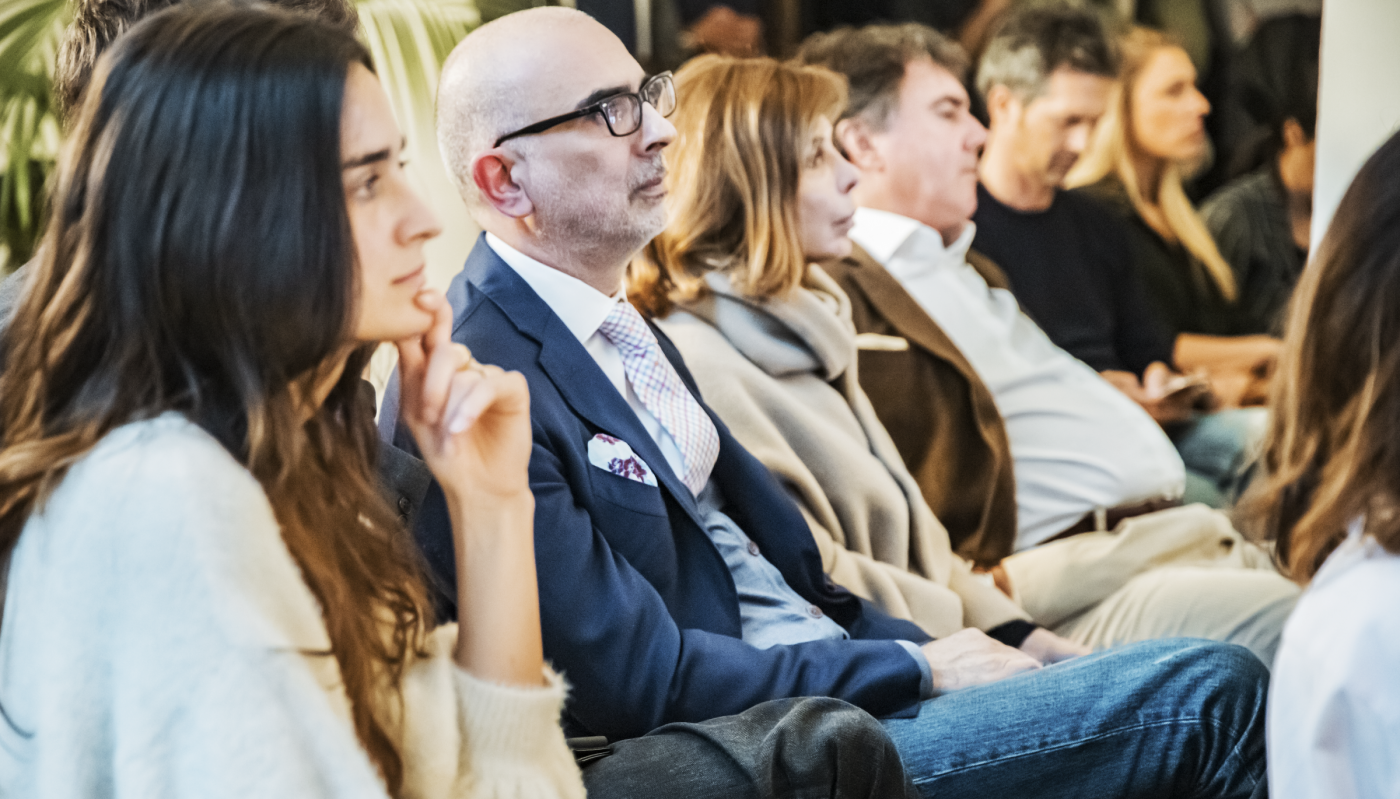
“Devono dare al consumatore una motivazione diversa per andare da loro. Il prodotto celʼhanno tutti. Come faccio a convincere il consumatore? Devo creare esperienze distintive. Spesso l’approccio “Less is more” è quello vincente, meglio pochi prodotti ma giusti esaper lasciar perdere qualcosa in cui un tuo competitor è più forte” chiude Barbara Freti(Nike).
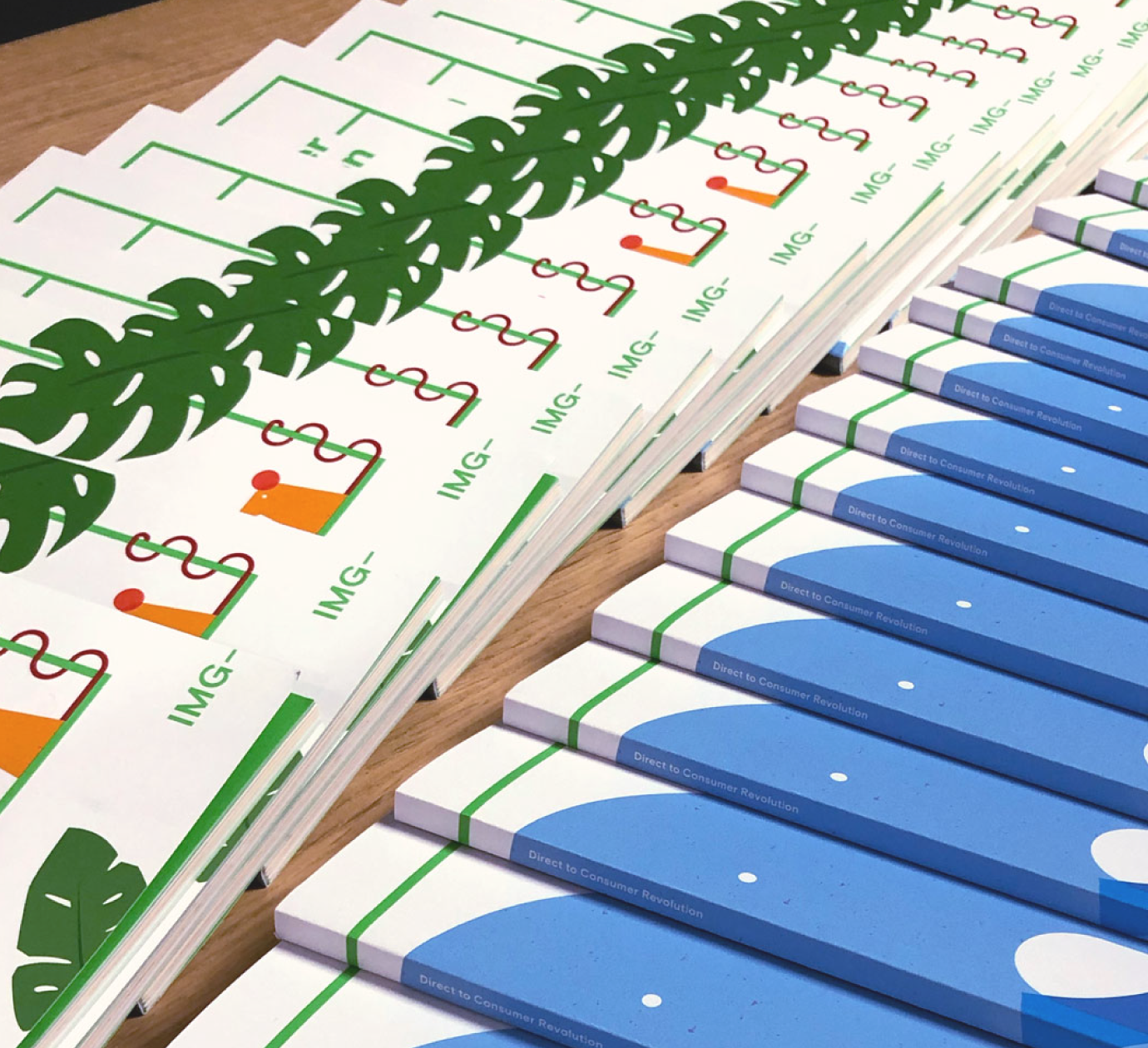

An audience of more than a hundred people, including industry managers and professionals, participated in the debate on the actions that brands and retailers must take to respond effectively to the increasingly important shift from offline to online grocery shopping.
“In the offline retail, the shelf and the packaging have always played a key role in defining the purchasing experience of its customers, especially in its initial phases: knowledge, research and selection of the product” explains Irene Serafica, Head of Strategy for CBA . “Today, however, with the emergence of digital platforms, the role of packaging is replaced by search engines, eCommerce platform labels and blogs (to name a few). Understanding the new dynamics of interaction in the digital context allows brands to imagine ways to build a relationship with the customer even when the packaging no longer exists; or, vice versa, to strengthen the rapport during the key moments of their relationship. In the same way, retailers have the opportunity to offer more engaging shopping experiences that are in line with the real needs of people”.
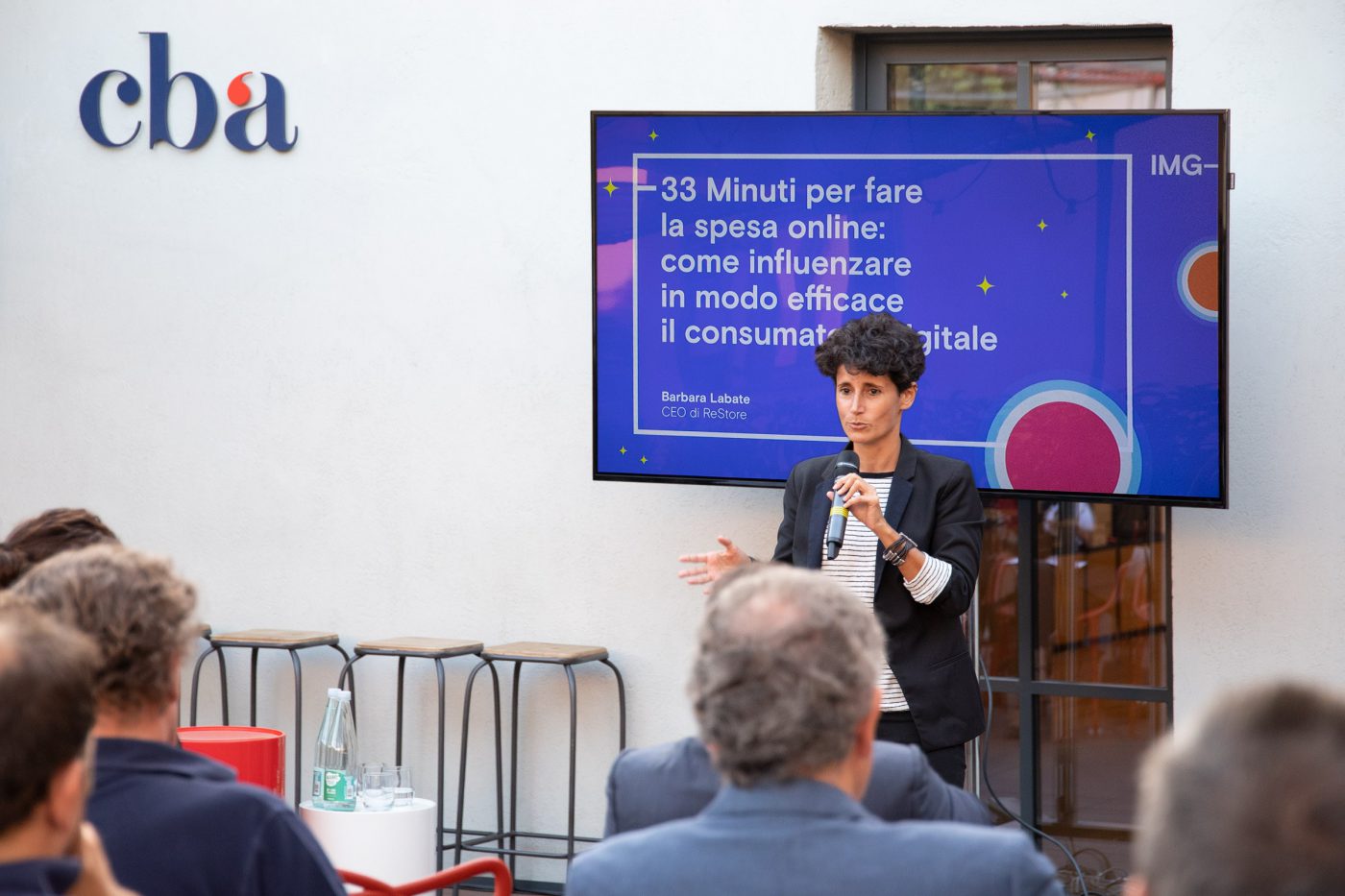
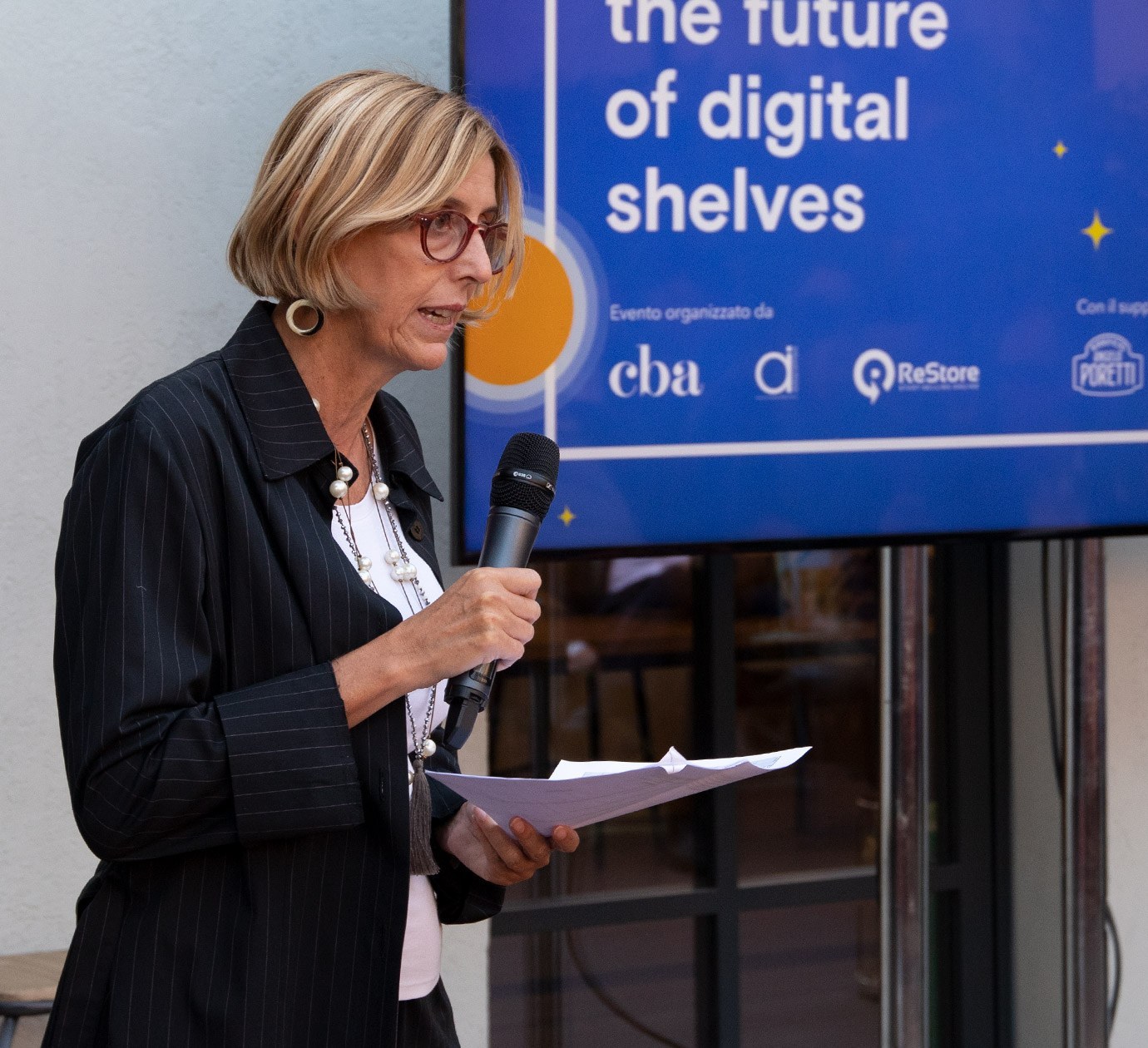

“Unlike what happens in offline shopping”, says Barbara Labate, CEO of ReStore, “on eCommerce platforms you can’t rely on the packaging to attract and inform the customer about your product. From the analysis carried out by CBA on the purchasing experiences of the individuals interviewed, strategies have emerged that the brands must implement to continue to be relevant in the awareness phase, even on the digital shelves: involving the customer through the use of visuals capable of attracting their attention; collaborating with digital platforms by promoting activities and partnerships to give greater visibility to individual products; working on the packaging by keeping in mind most importantly the transport and delivery, unboxing and use of the product. It is up to companies to take on this challenge, especially in online grocery, which is one of the sectors with the greatest potential for growth”.
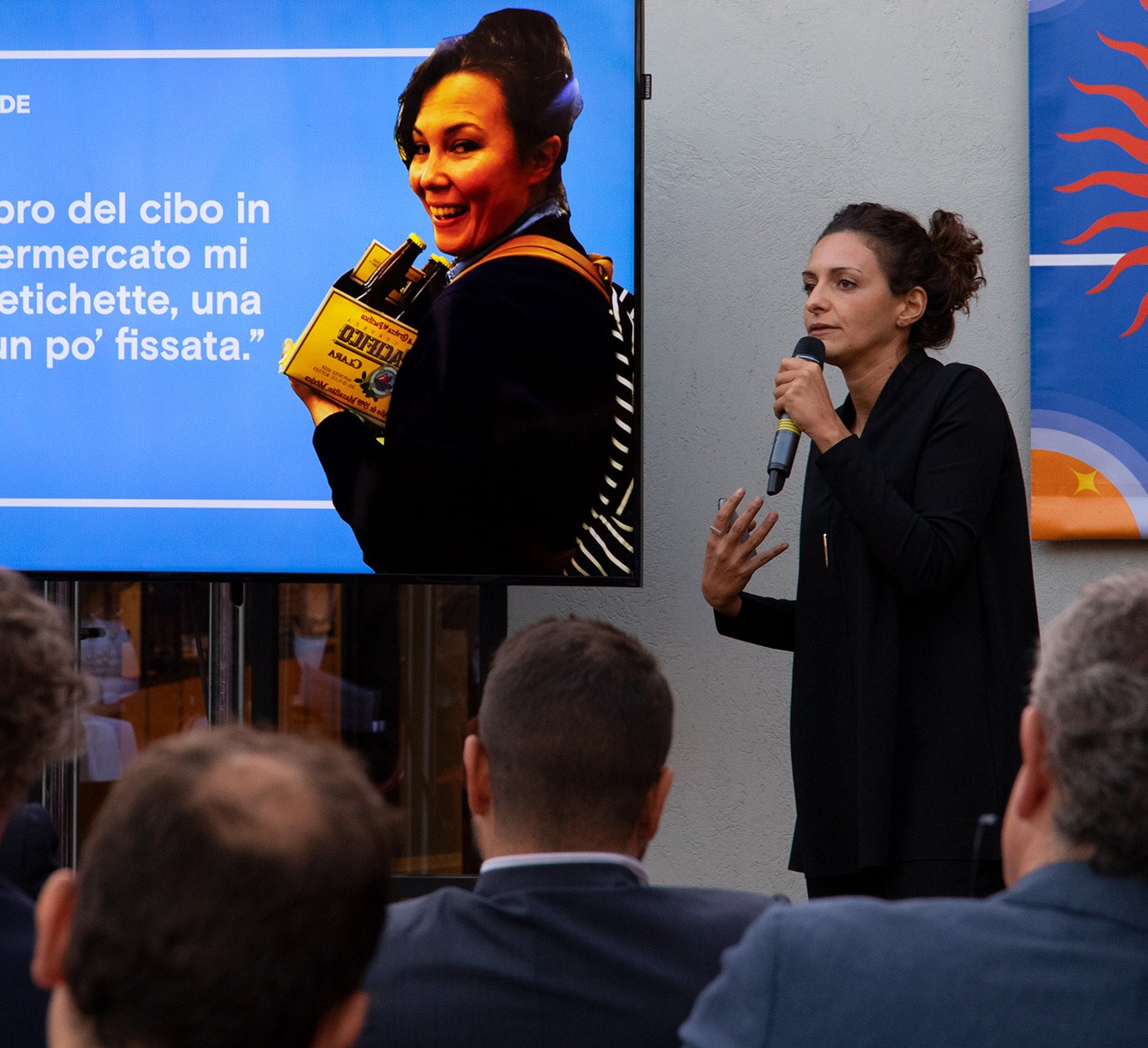
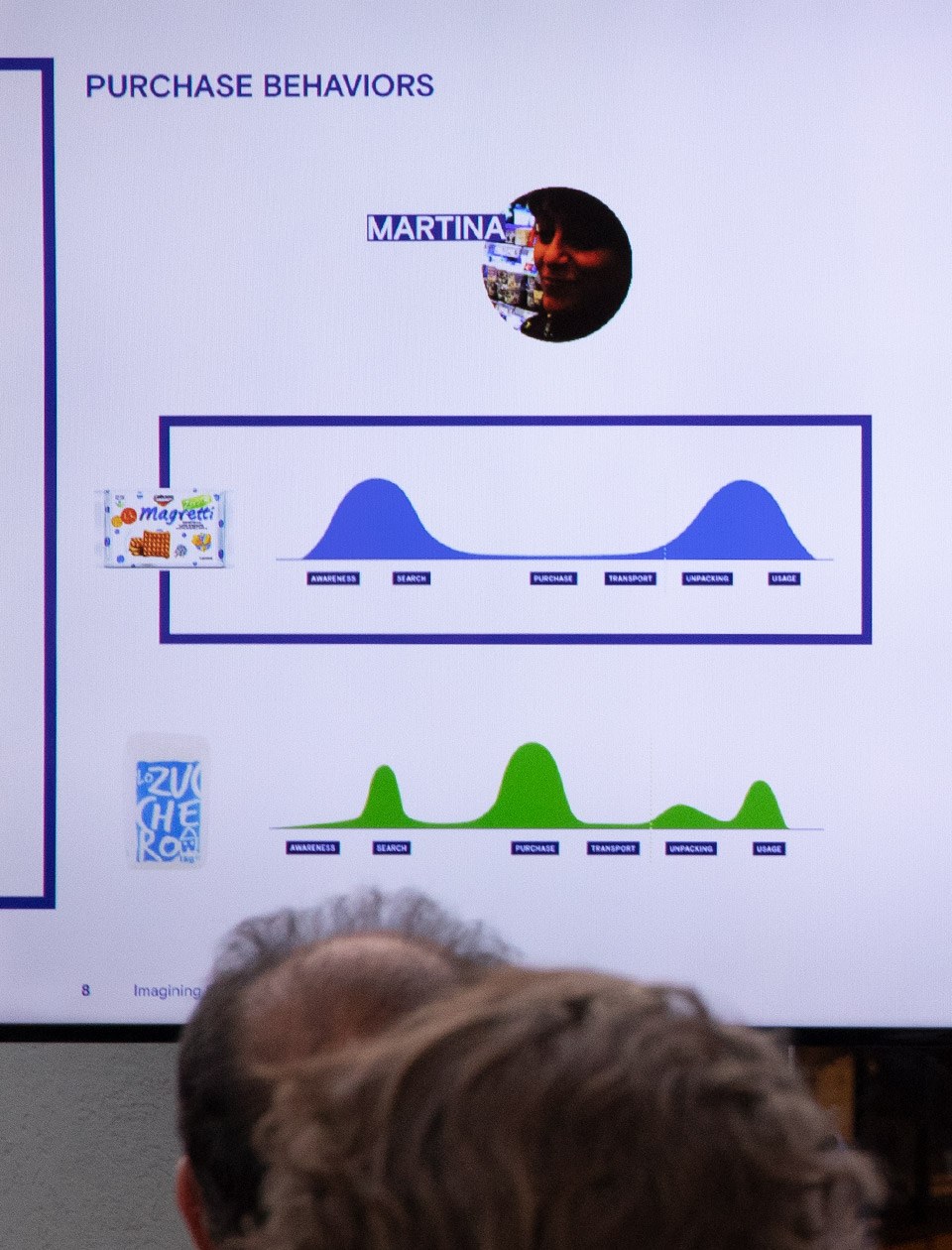
“It’s the era of the shopper”, says Sonia Anelli, P&G Senior Manager Shoppers based Design and Innovation Leader. “The shopper is ready to share their data, their preferences, their tastes and in return they want convenience, which also means simplification and personalised service. All the repetitive, non-rewarding activities will be automated; so why not shopping, if it were such? Only the pleasant, simple and experience-based shopping will continue to be considered by the shopper as a fair investment of time, without any distinction between online and offline”.

“Overcoming the constraints of physical packaging and taking full advantage of digital solutions will be key success factors for the coming years”, emphasises Hélène Barbotin, eCommerce Development Manager at Nestlé. “The growth of eCommerce certainly represents a challenge, but most importantly it is an opportunity to enhance the product and inspire the shopper, regardless of where the purchase is concluded. Thanks to the solid partnerships between industry and distribution, new purchasing experiences can be created with significant impacts on loyalty and value”.

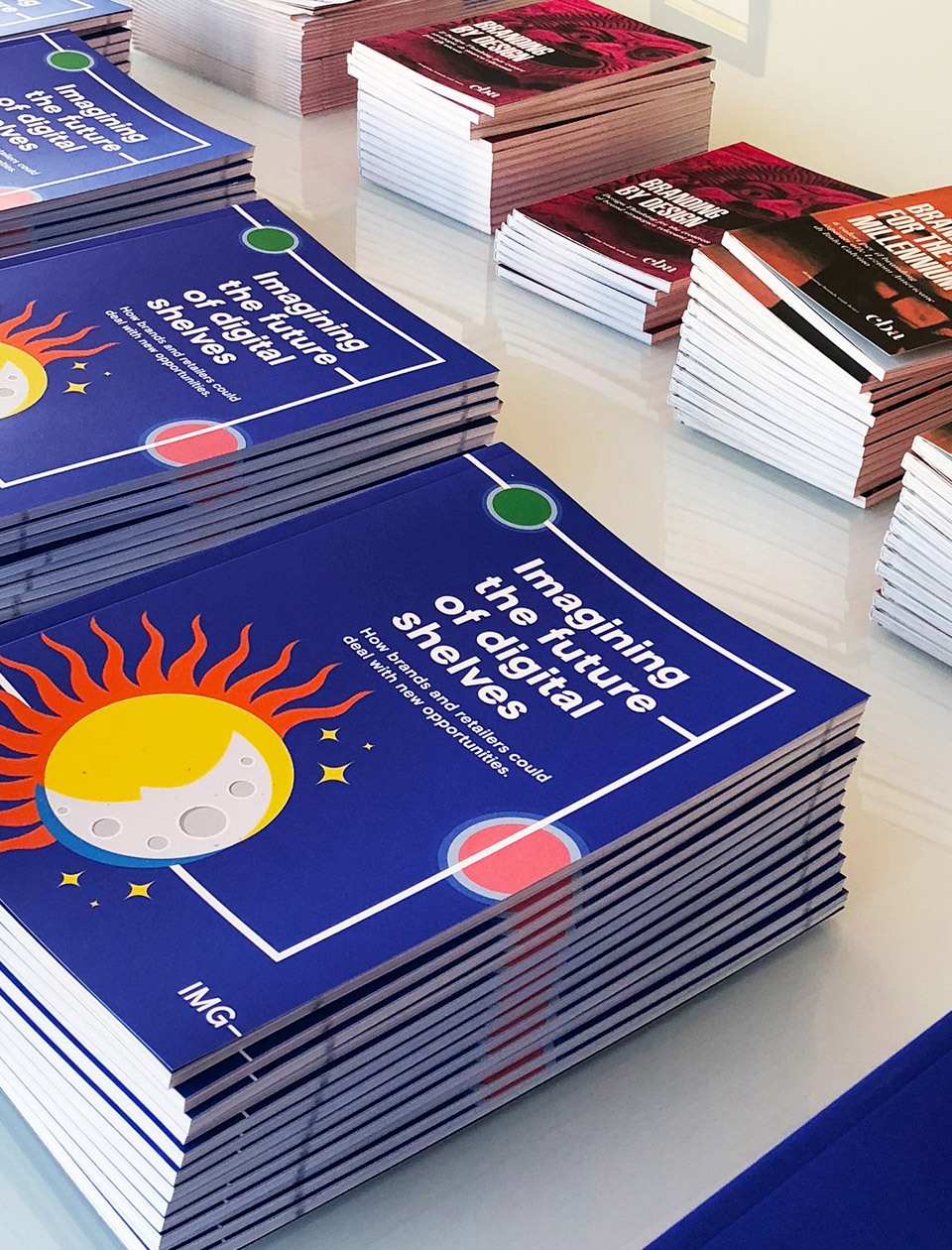
This research has enabled us to identify 5 purchasing behaviours that characterise consumers, based on their attitude towards shopping and the item purchased: The Magnifier Attitude, The Serendipity Wandering, The Deal Hunting, The Make-it Fast e The Loyal Routinism. For each of these, CBA has identified opportunities for brands and retailers, designing possible digital solutions that offer a personalised purchasing process. Because this is where we need to start from: the user.
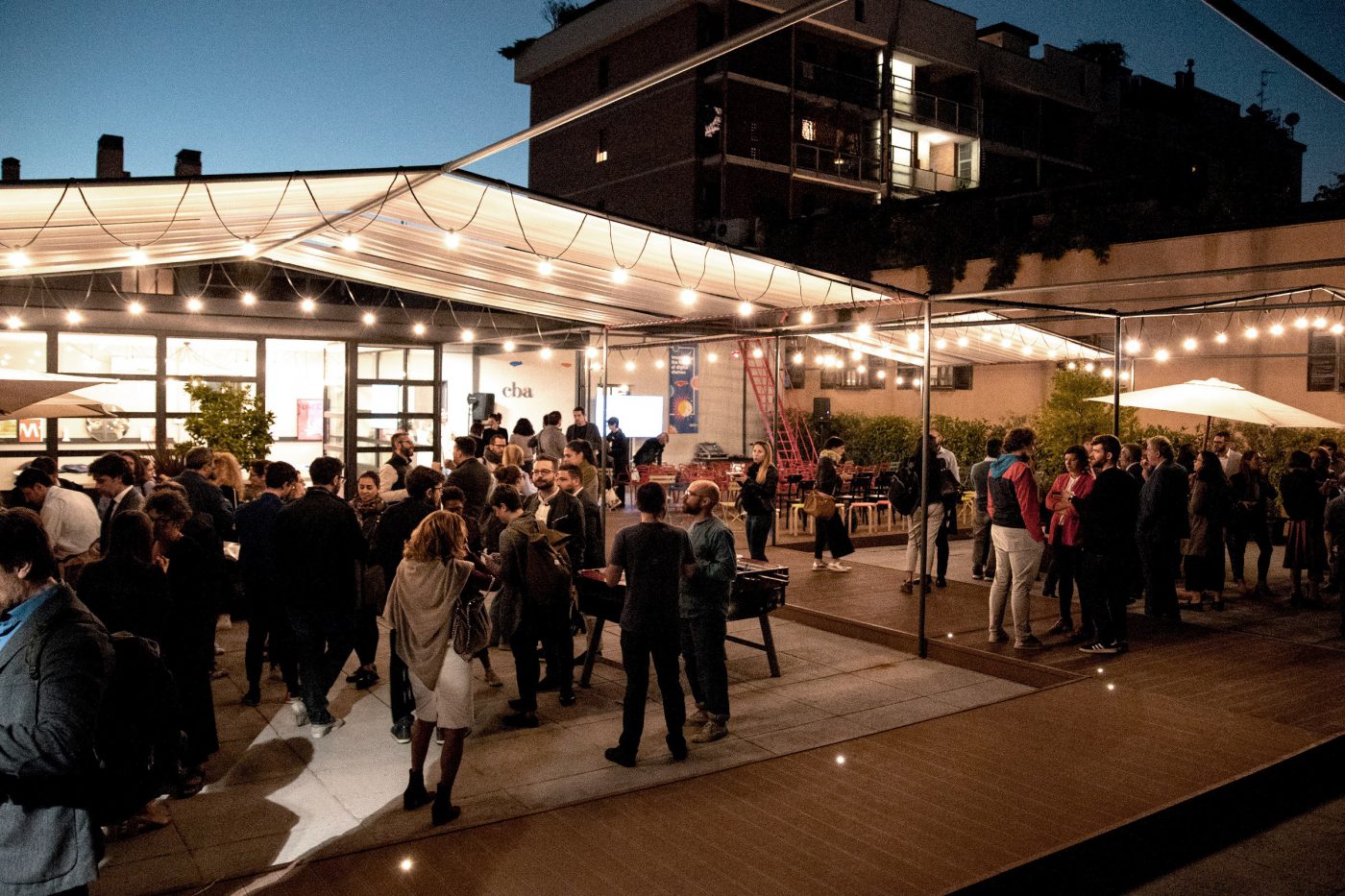

Materials, technology, people. The event for rethinking the approach to the future.
Connected City | Advanced Building and Infrastructures | Smart living, Smart People | Sustainable and Circular City | Integrated Mobility | Urban Agriculture
Six clusters which focus on the theme of the circular economy, thanks to an installation created for CONAI (the National Packaging Consortium) and the Supply Chain Consortium by Yona Friedman, an architect, designer and urban planner, a spokesperson for sustainability and the circular economy. The project summarises the ideas that have brought him to international fame: constructing by reusing basic materials, modelling the environment we live in, in a potentially infinite process.

An individual experience that transforms our perception of the environment that surrounds us.
Interactive architecture | Contemporary art | Fashion
This year, COS has chosen Phillip K. Smith III for its installation; this is the seventh time the brand has participated at the Milan show, with past collaborations including: Gary Card, Bonsoir Paris, Nendo, Snarkitecture and Sou Fujimoto, as well as Studio Swine. The American artist will use his signature approach to construct a large sculptural installation with his famous mirrored surfaces, creating high-impact optical contrasts. The courtyard of the Palazzo Isimbardi will therefore become a canvas that interacts with both the urban landscape and the natural one, a coherent reflection of the refined aesthetics of this Swedish brand.

The second event featuring architecture and design at Milan Design Week.
Energy efficiency | Smart mobility | Robotic reconversion | Urban planning
Six days all about Architecture and Design, during which some of the most important names on the international scene will meet to talk about their approach to design, discussing the topics of energy efficiency, smart mobility, robotic reconversion and urban planning. Notable guests include: David Adjaye, Michael Anastassiades, Guido Canali, Stefano Boeri, Hans Ulrich Obrist, Konstantin Grcic, Studio Formafantasma, Stefan Diez, Studio Swine, Konstantin Grcic, Ron Gilad, Giulio Iacchetti and Giulio Cappellini.

An interactive tunnel to learn about the progress made by technology in the advertising field.
Chatbot | Virtual reality | Interactive video content | Immersive 3D experiences
The tech company Teads will present a surprising installation. The work, curated by the designer Max Falsetta Spina, features a multi-sensory journey divided into several rooms, which will illustrate the concepts behind the digital advertising experience: artificial intelligence, virtual reality, interactivity and sustainable advertising. Through this perspective, a debate will be opened where you can dis-cover and understand how the creation and evolution of digital technologies are redefining the online media scene.

Fondazione Prada announces the opening of the tower, a building that completes the project by Rem Koolhaas.
Architecture | Contemporary art | Culture
Almost three years after the inauguration of its Largo Isarco Milan headquarters, designed by the star architect Rem Koolhaas, the Prada Foundation, which has been active since 1995 in the fields of culture and contemporary art, has just announced that the tower is scheduled to be opened to the public on 20th April. The new building marks the completion of the Milan headquarters, designed by the aforementioned Rem Koolhaas, along with Chris van Duijn and Federico Pompignoli of the OMA studio.

An installation combining icons of the past and new representations of the present, in the former sports hall, La Pelota.
Installation | Designer furniture | Innovative design
“Typecasting. An Assembly of Iconic, Forgotten and New Vitra Characters” is the title of the exhibition, which is designed as an extensive dynamic review of design projects, products and studies of the brand. An in-depth journey into the past, present and future history of the Swiss furniture company, as seen from the perspective of the curator Robert Stadler, who is able to reveal new narrative threads from which to draw new possible interpretations.
We have decided to make our own little contribution to reducing the impact of what we create by making greetings cards out of materials from our work.
We have rolled up our sleeves and, with the technique of collage, we have made greeting cards from recycled paper and materials, prints, packs, colour trials, research materials, samples… Through cutting, tearing, perforating, overlapping and gluing, we have created 220 unique cards, following a design process which originated as an idea and which has become something solid and tangible.
For the first time, the project has involved all of the CBA branches world-wide, from Milan to San Francisco, from Paris to São Paulo: in this very moment, all around the world, our unique cards are travelling towards their destinations. Unique cards, Made with Heart.
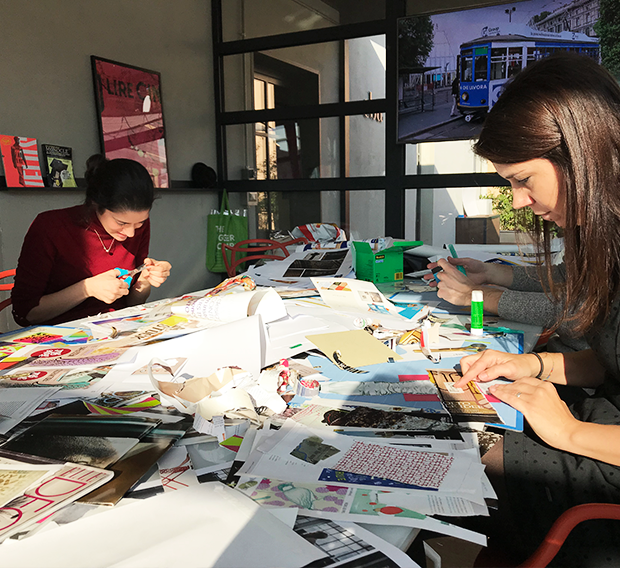


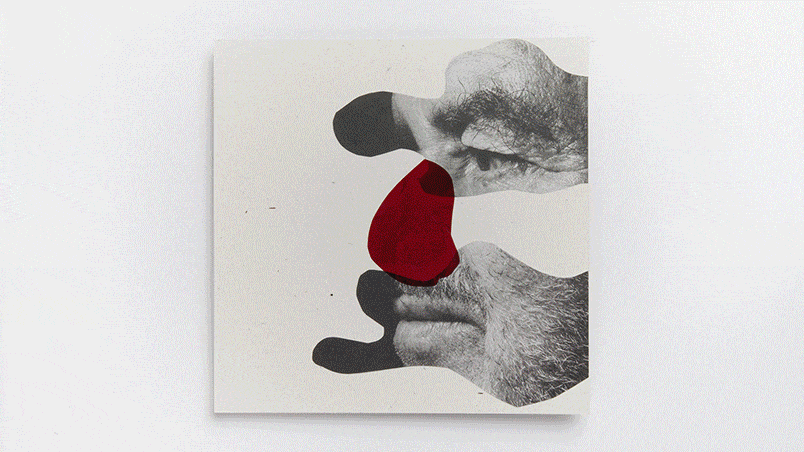
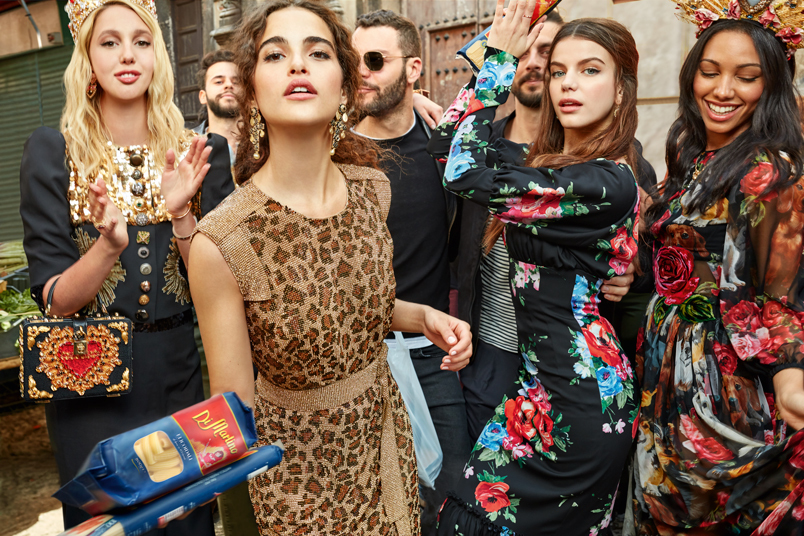
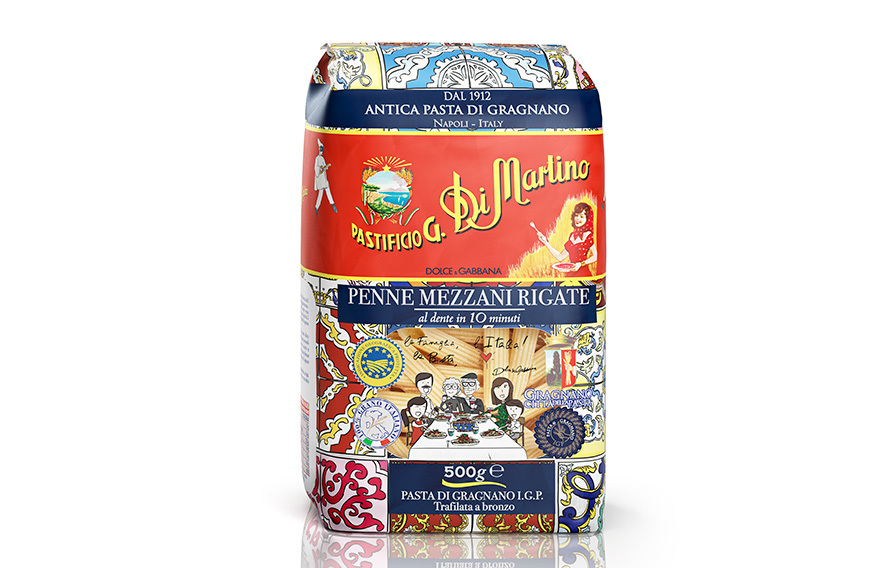
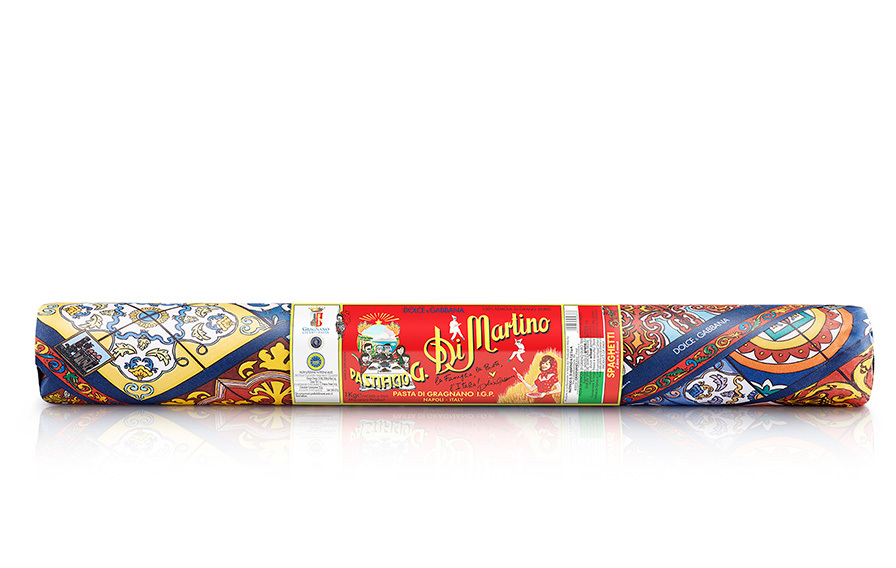
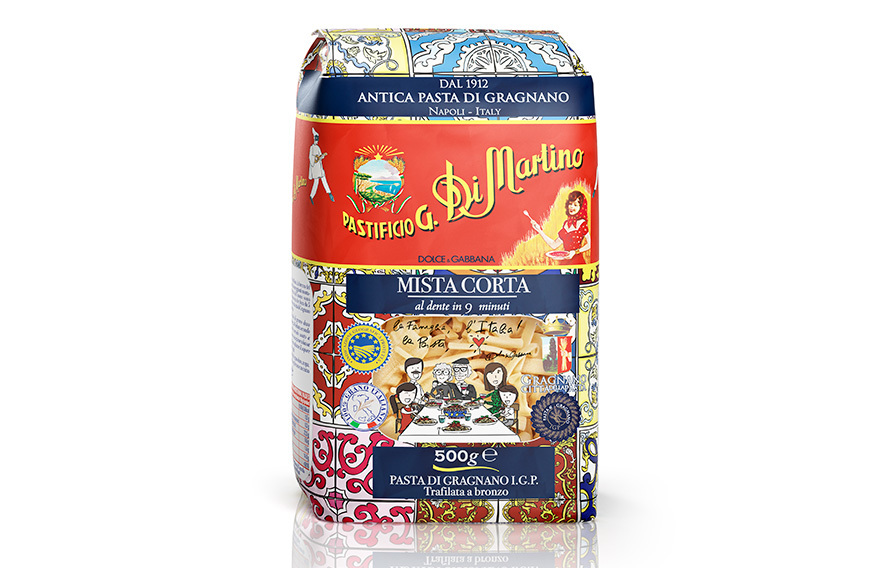

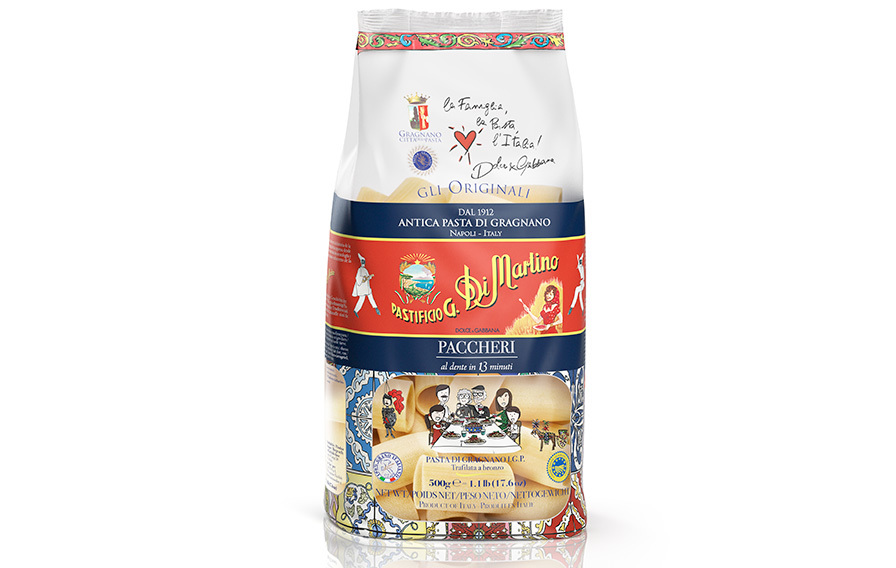
We followed our usual creative process for starting a new project: we took an idea and built around it with pictures, sketches, soundbites and flashes of inspiration, that we took and found. We selected 20 subjects and then we rolled our sleeves up and got our hands dirty, going into the darkroom to print them onto light-sensitive paper, using our expert hands to focus, crop, brush and stretch.

Each of these 20 subjects have been reproduced 10 times, on different backings, using different printing techniques. We breathed life into 200 unique creations, 200 Made with Heart greeting cards.
Subscribe and receive CBA’s latest news directly in your inbox!
© CBA DESIGN 2021 – CB’A Srl 05940620965
Privacy Overview